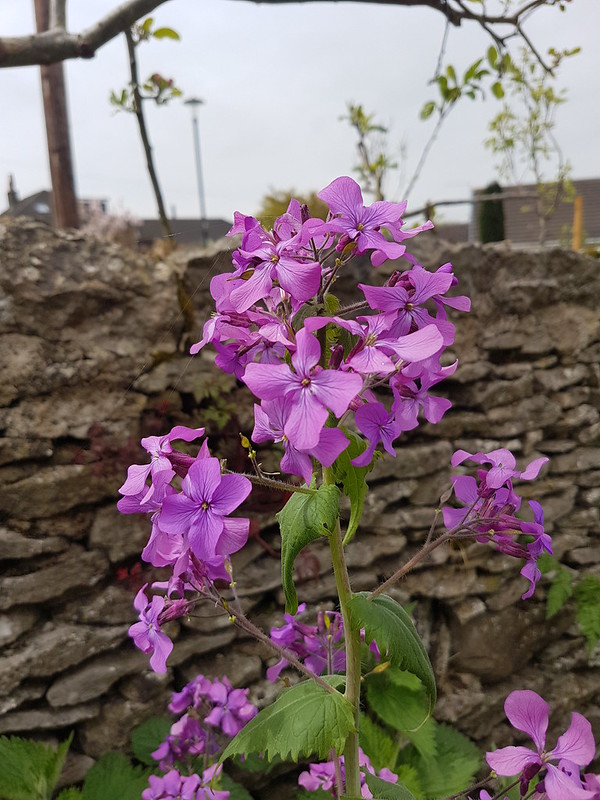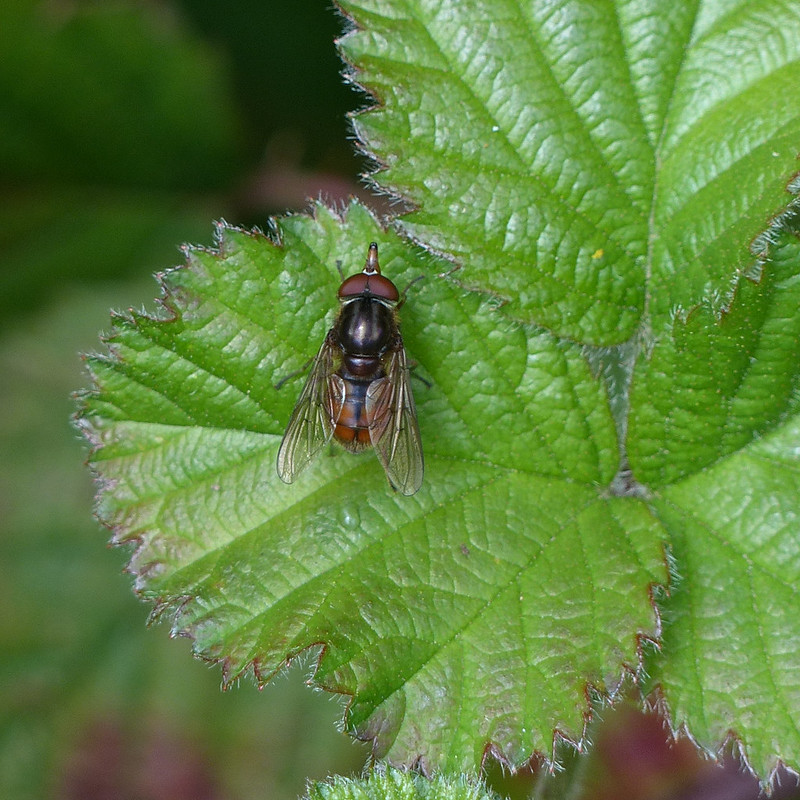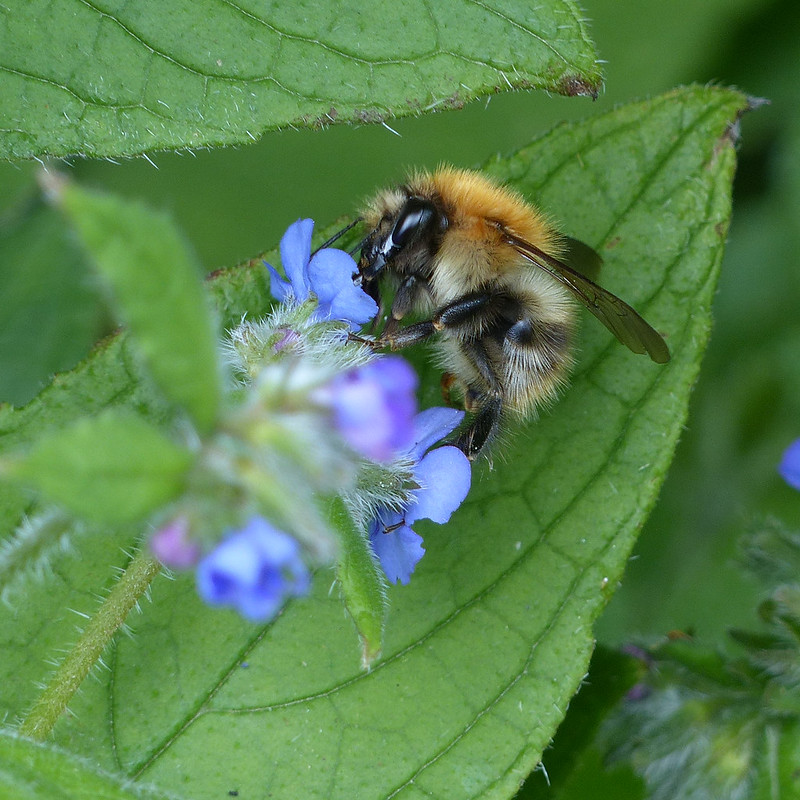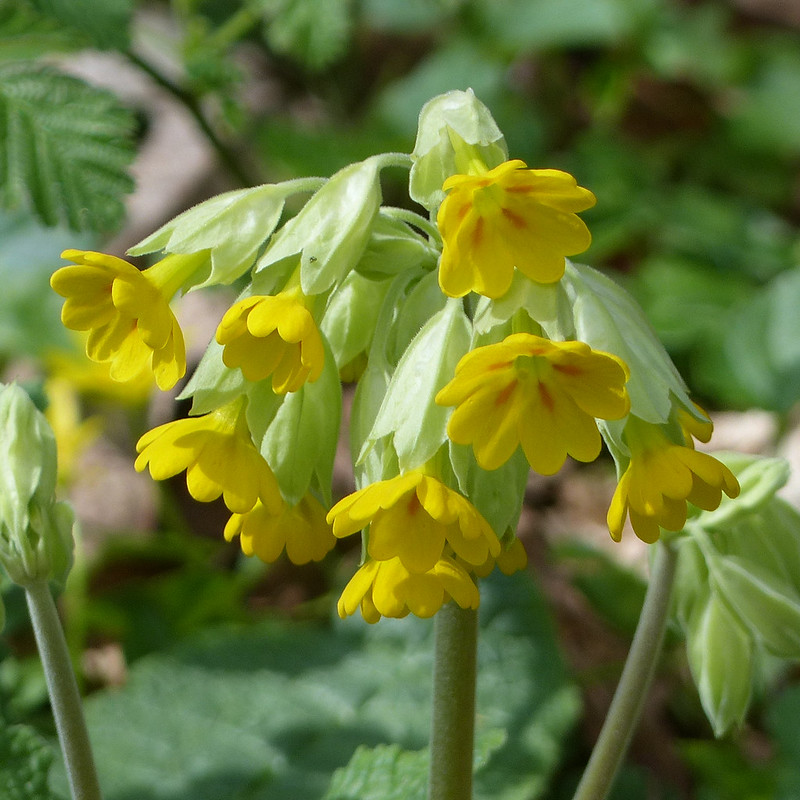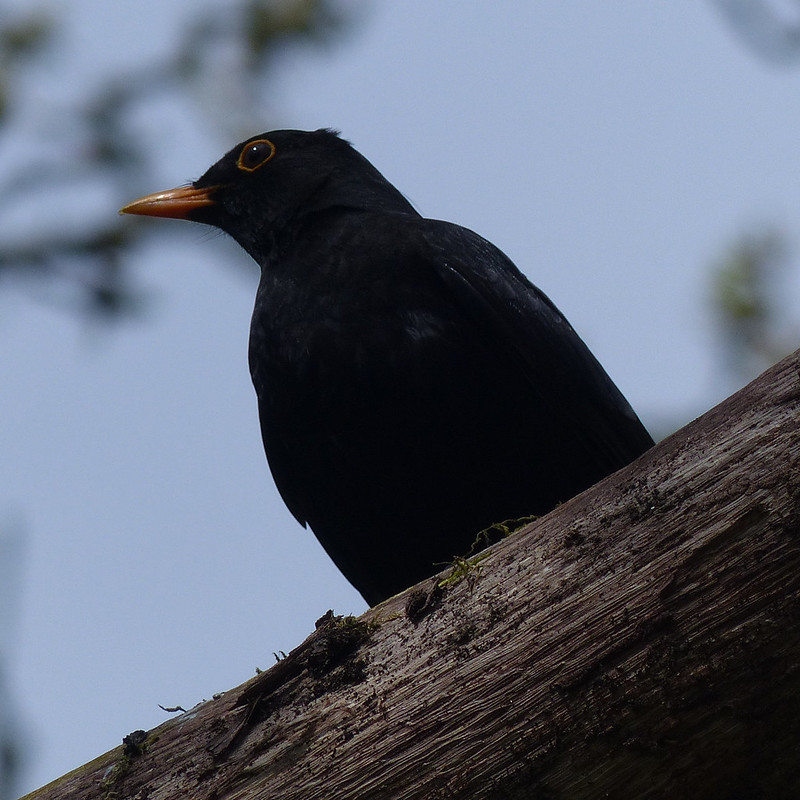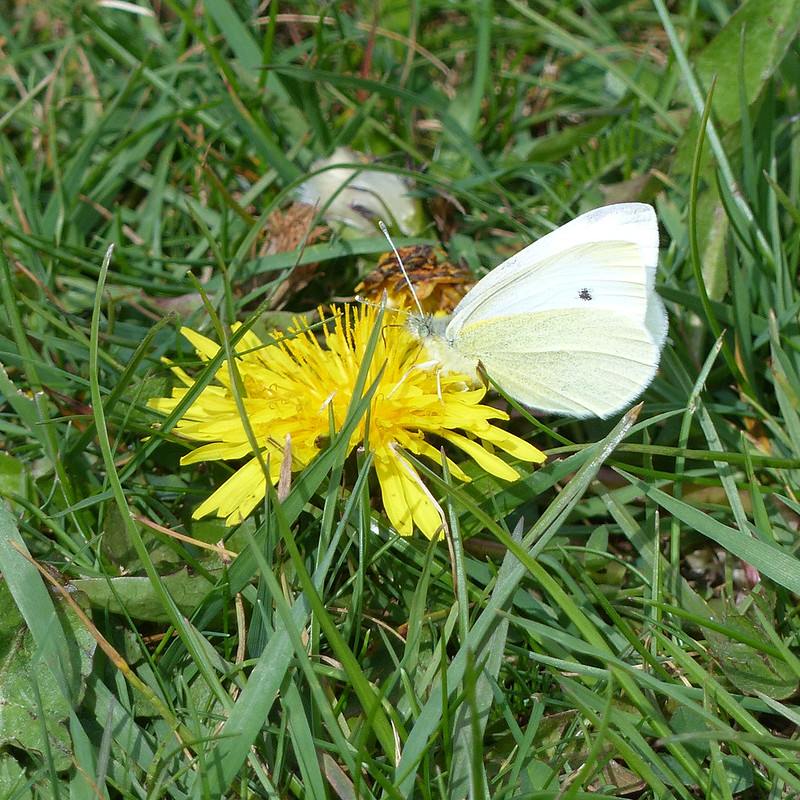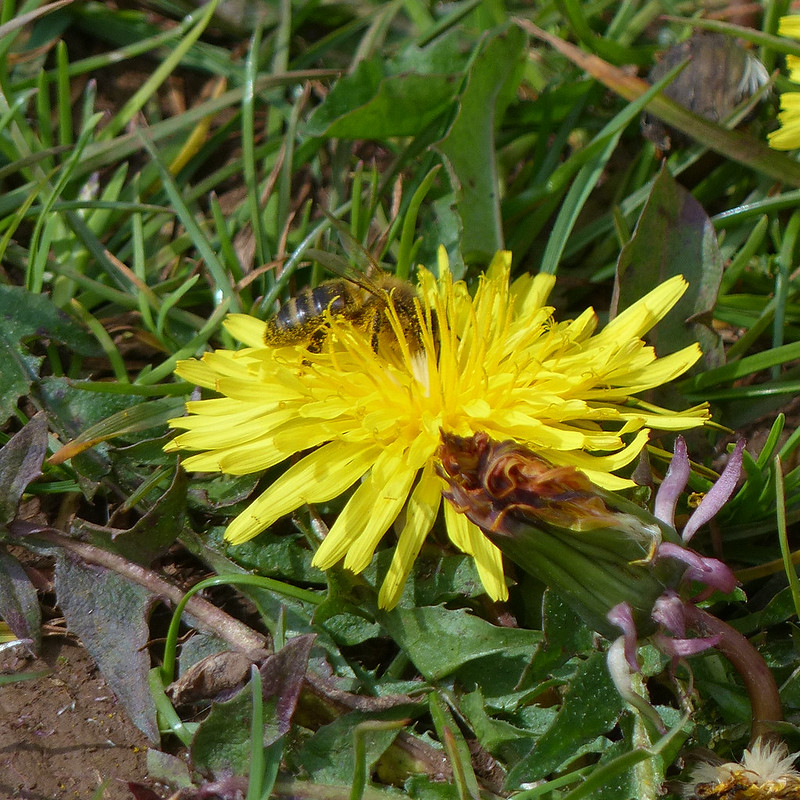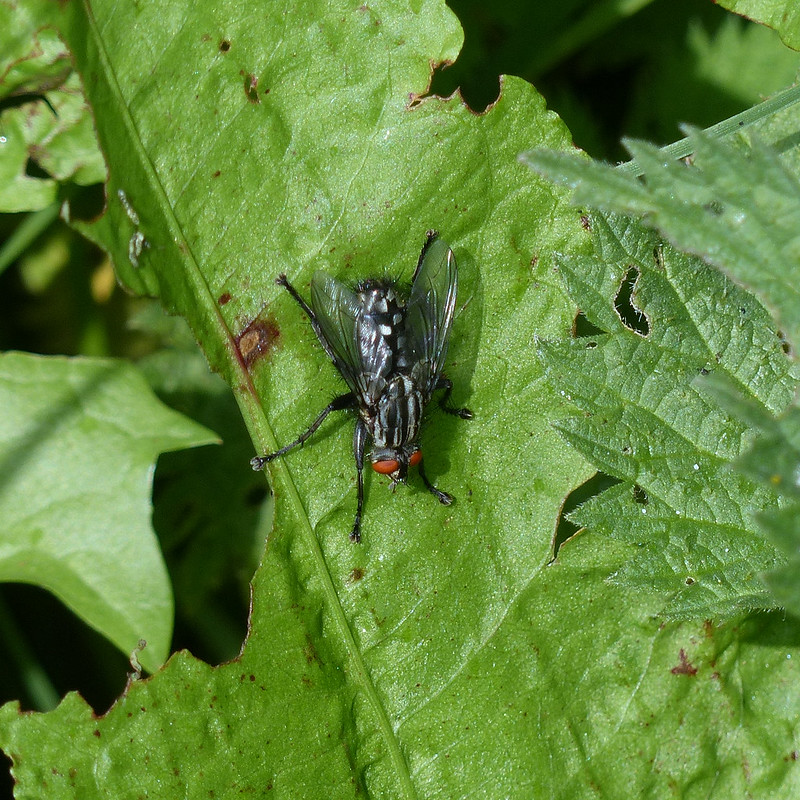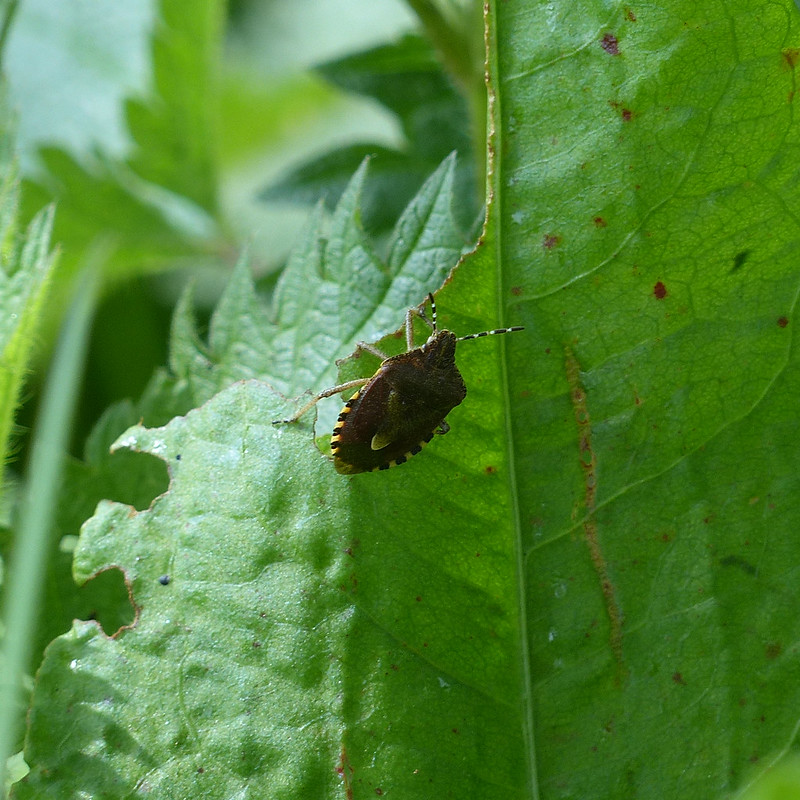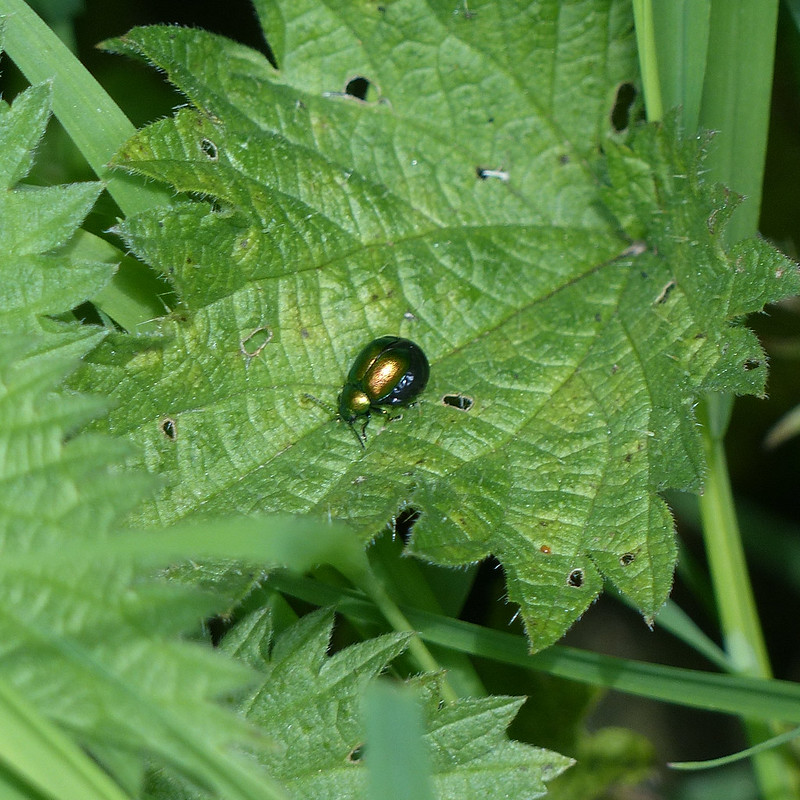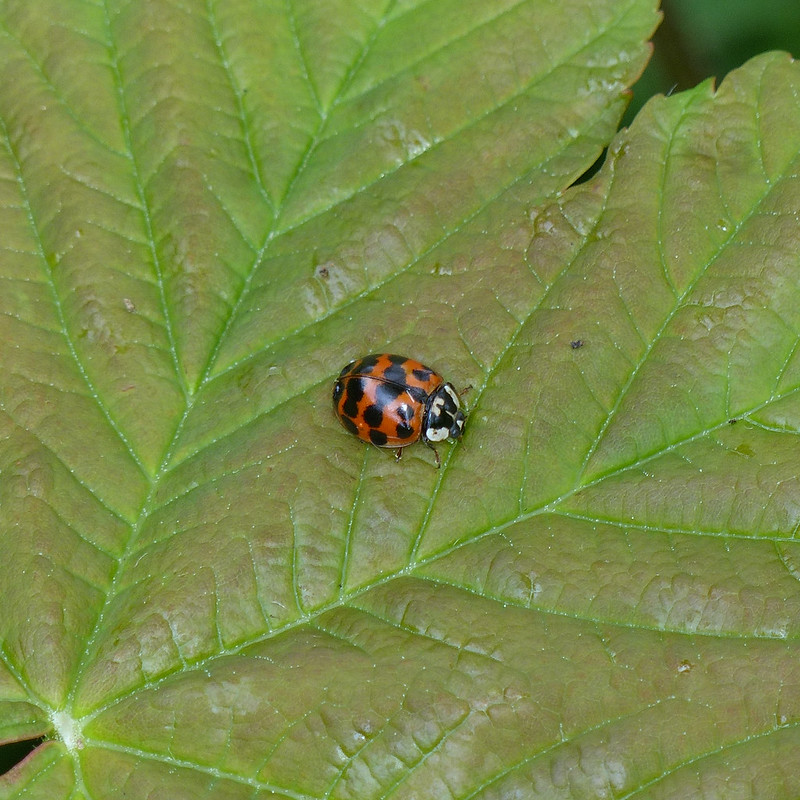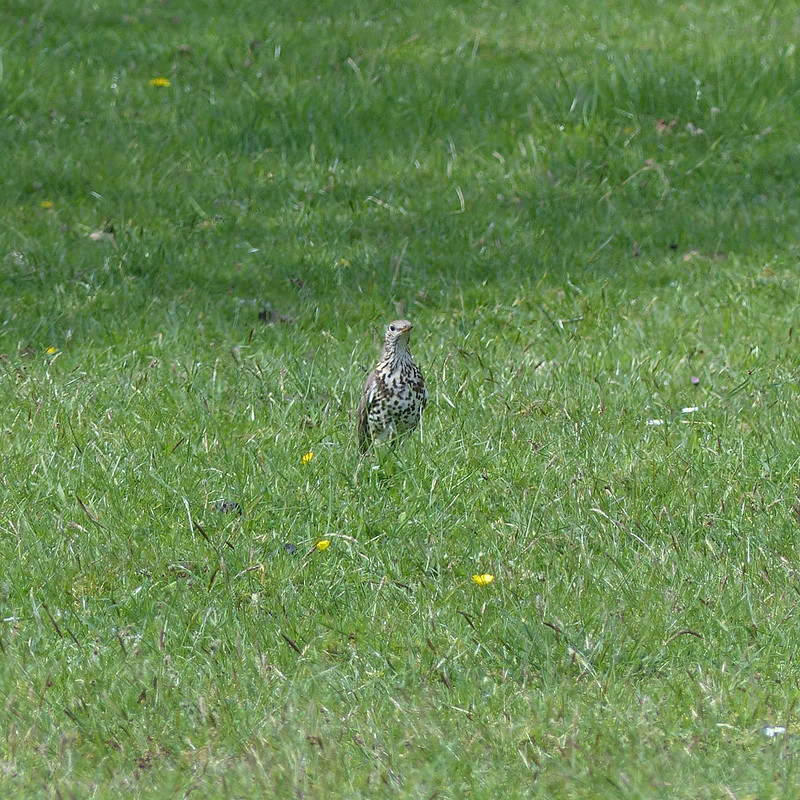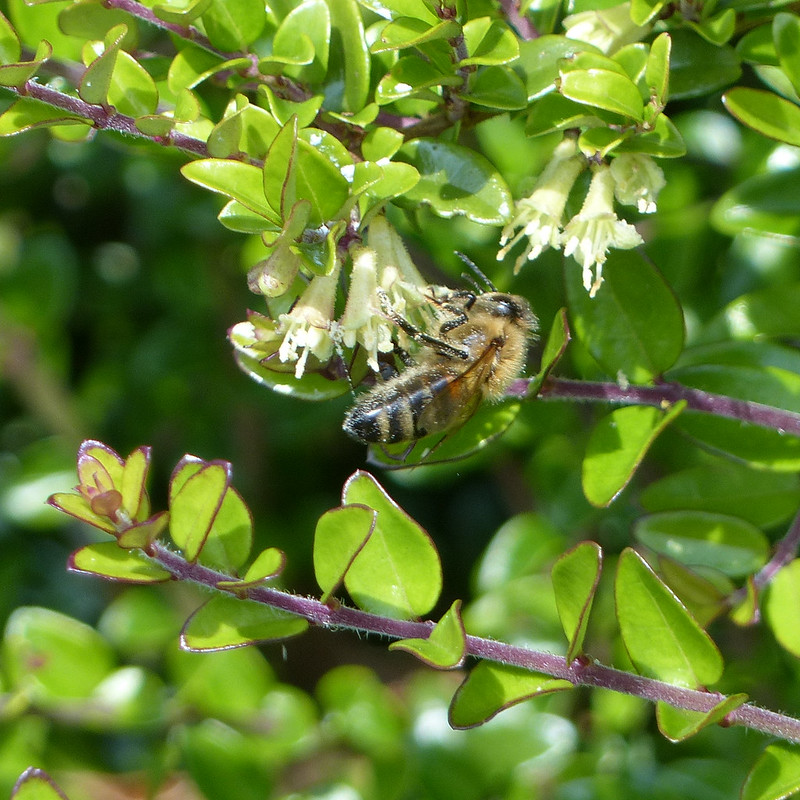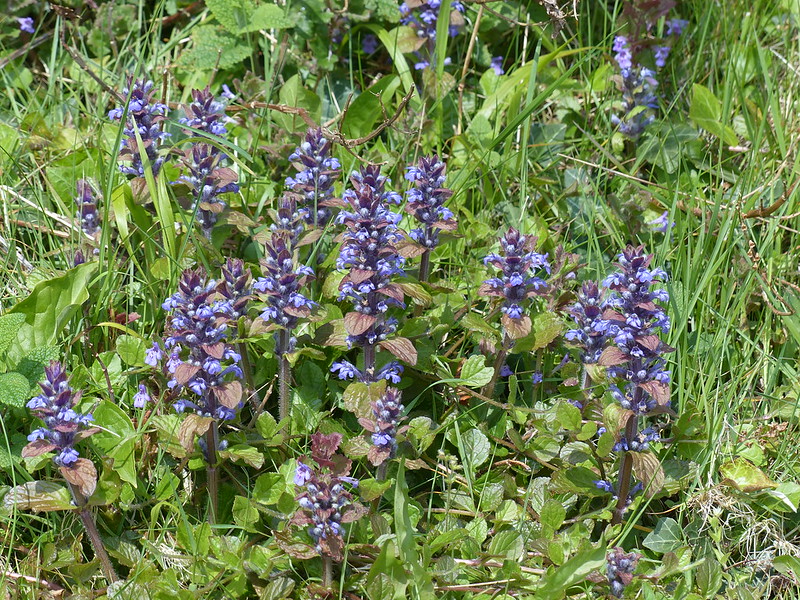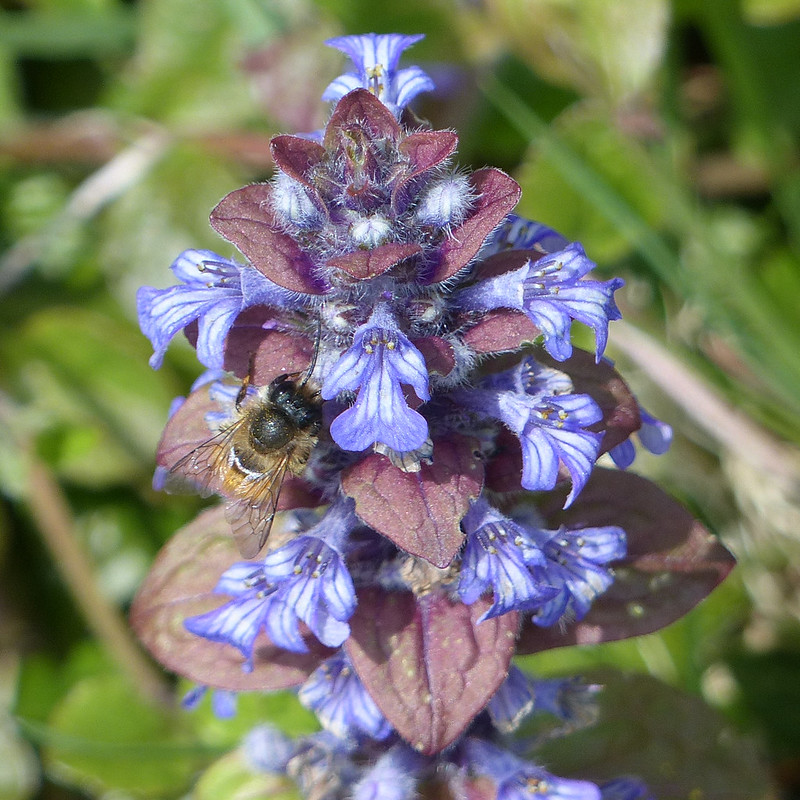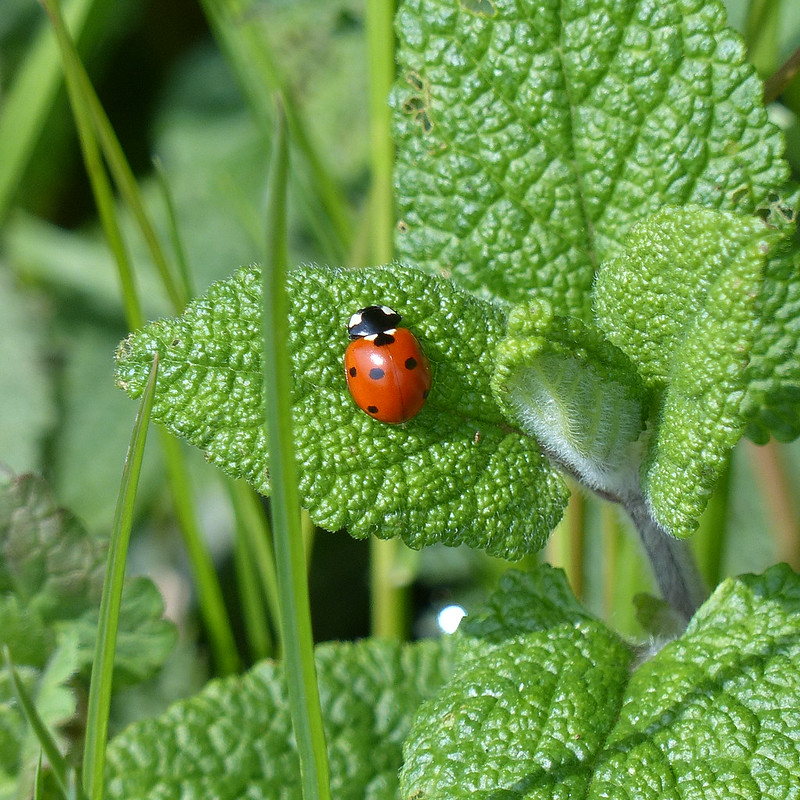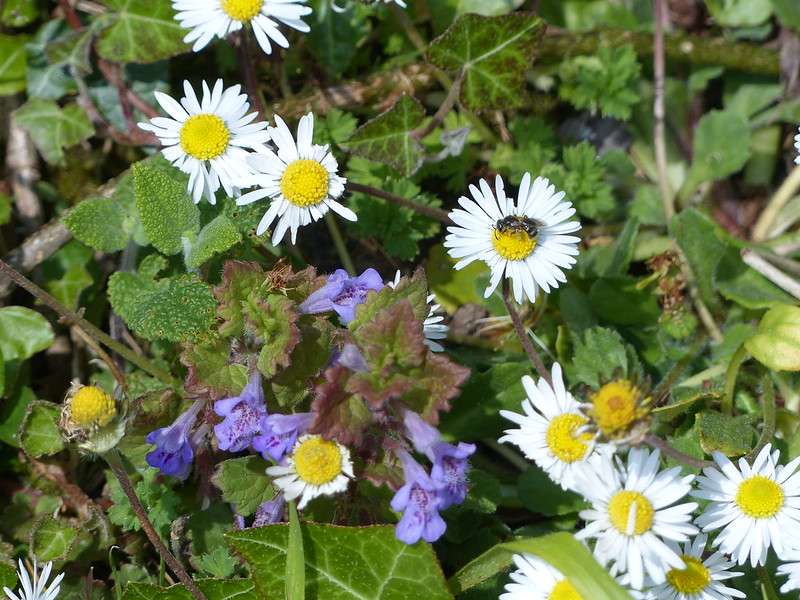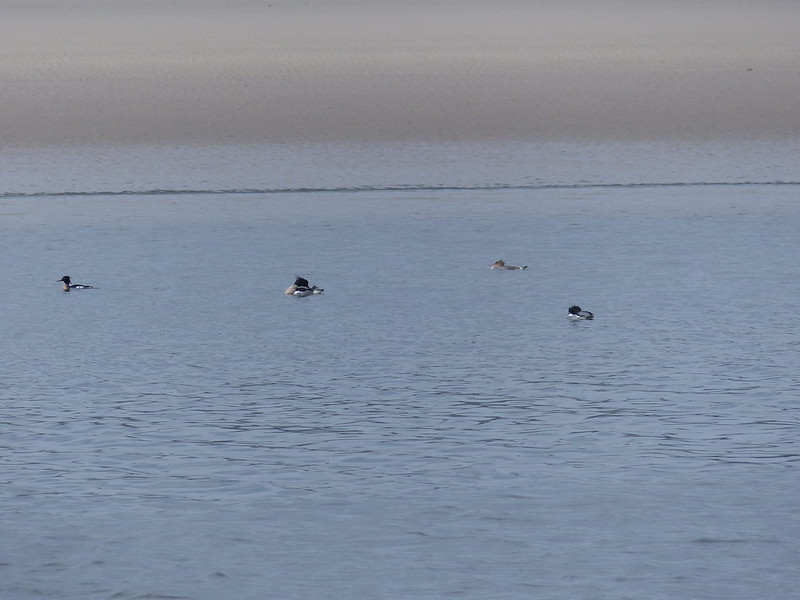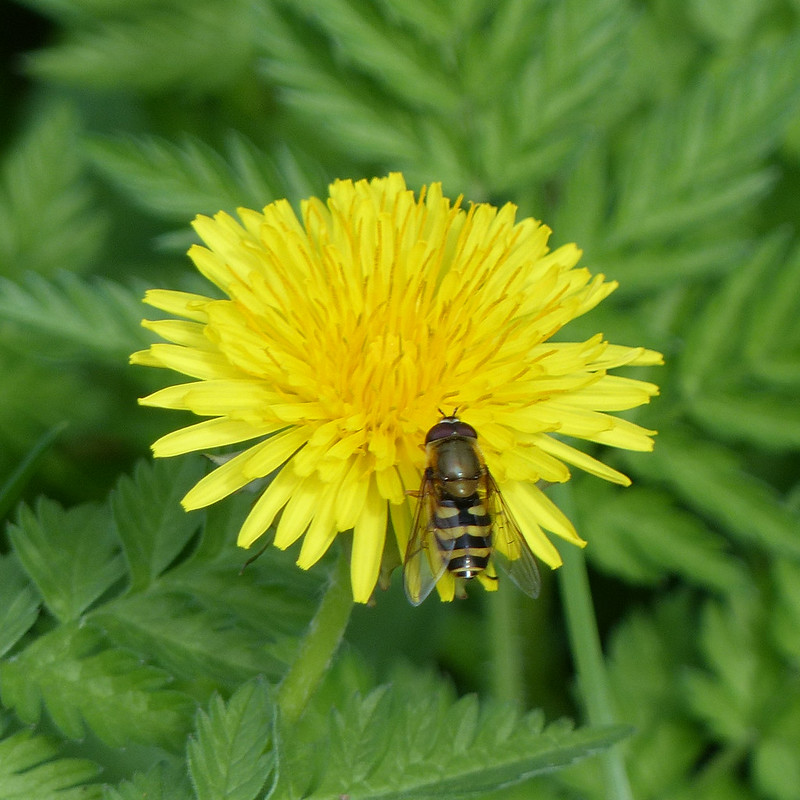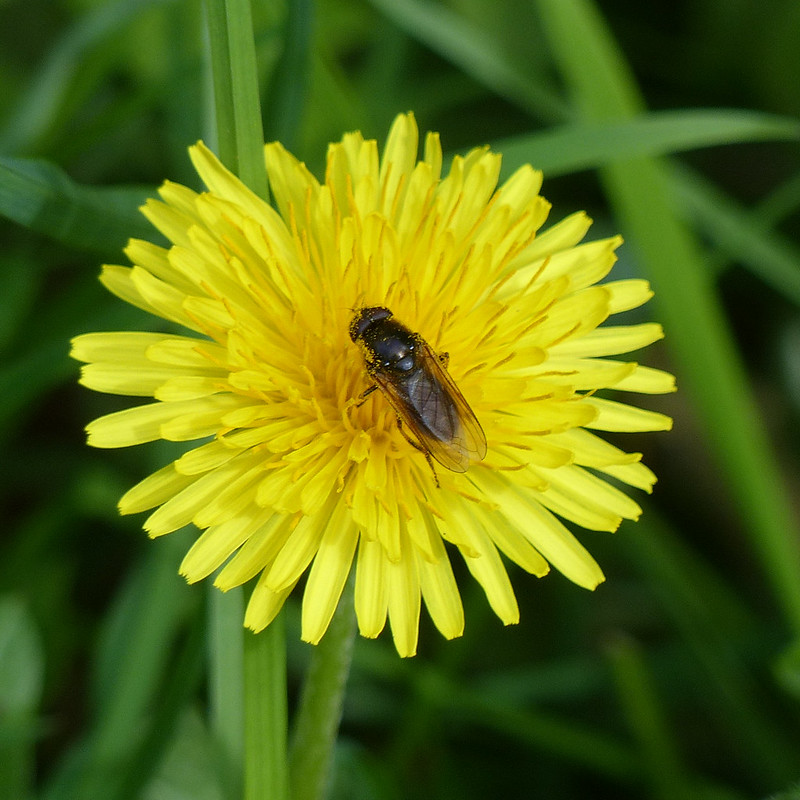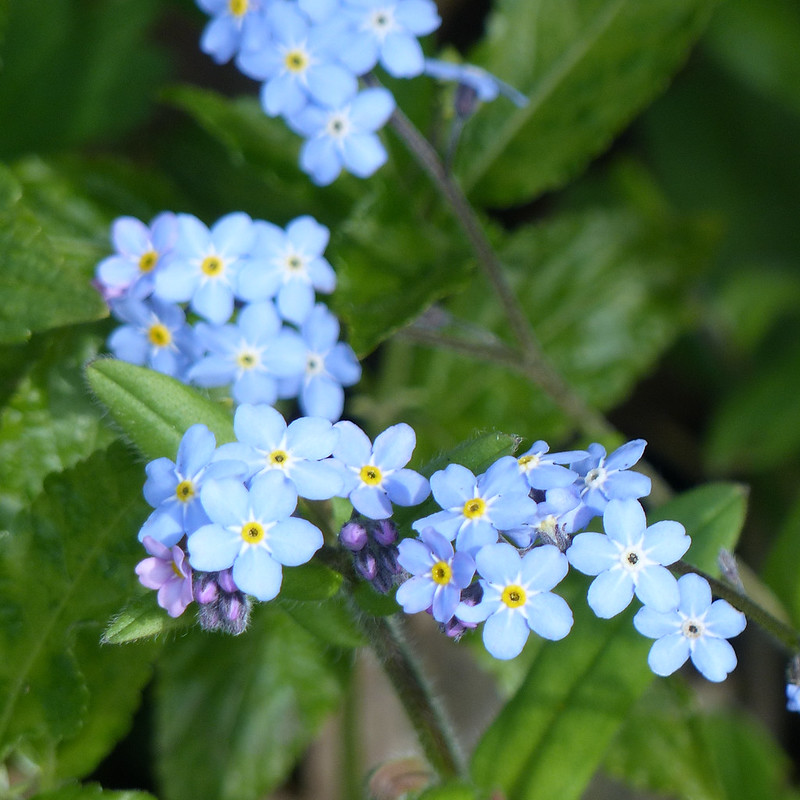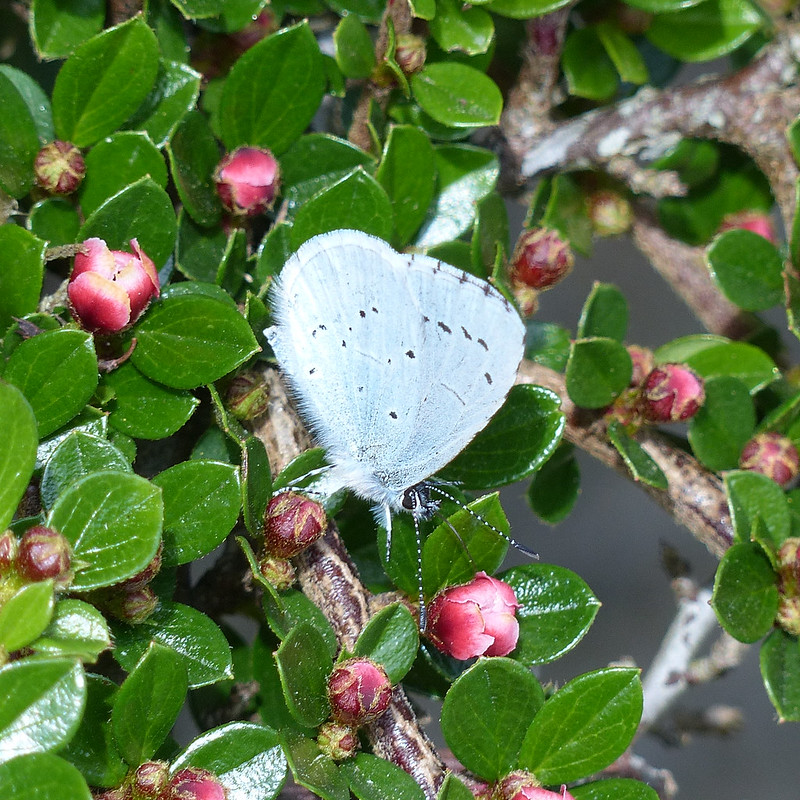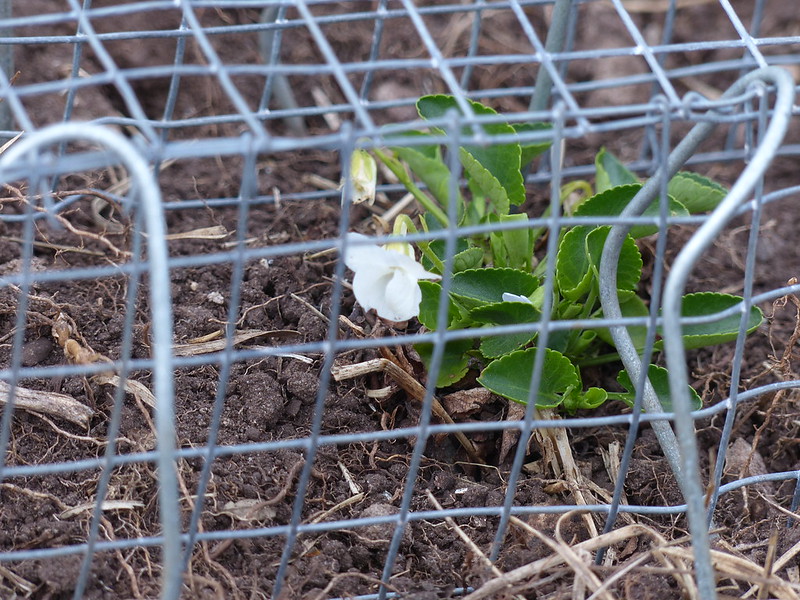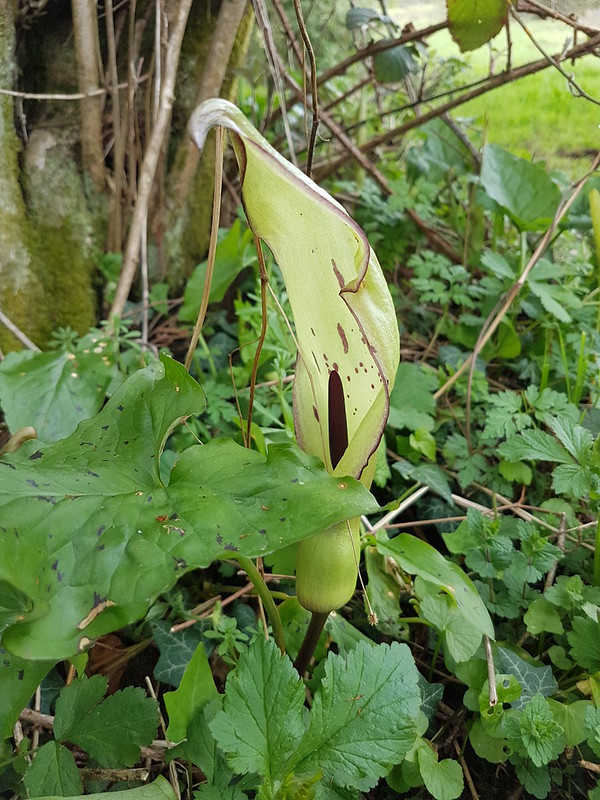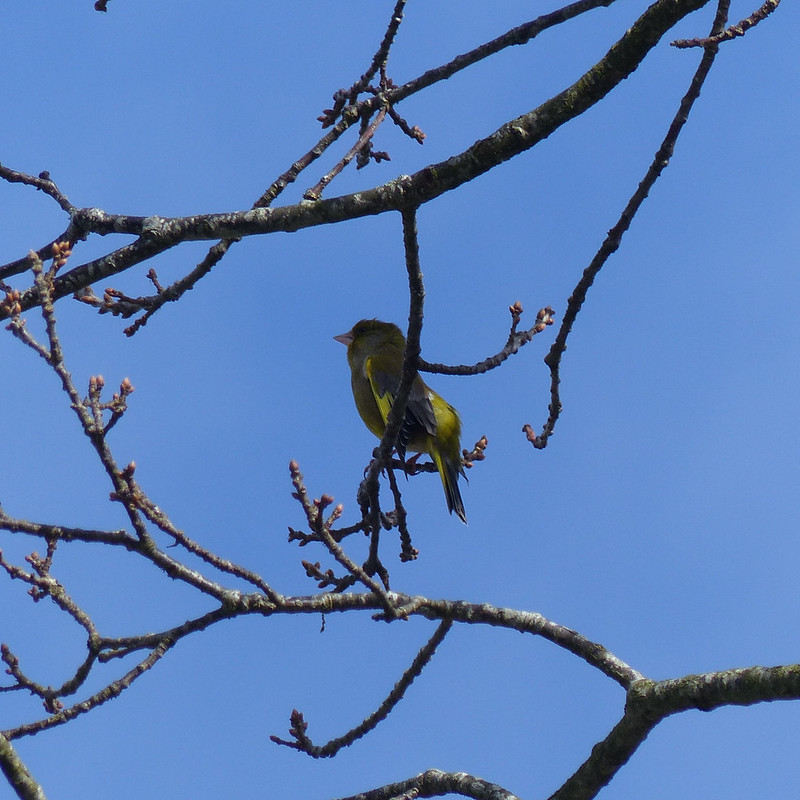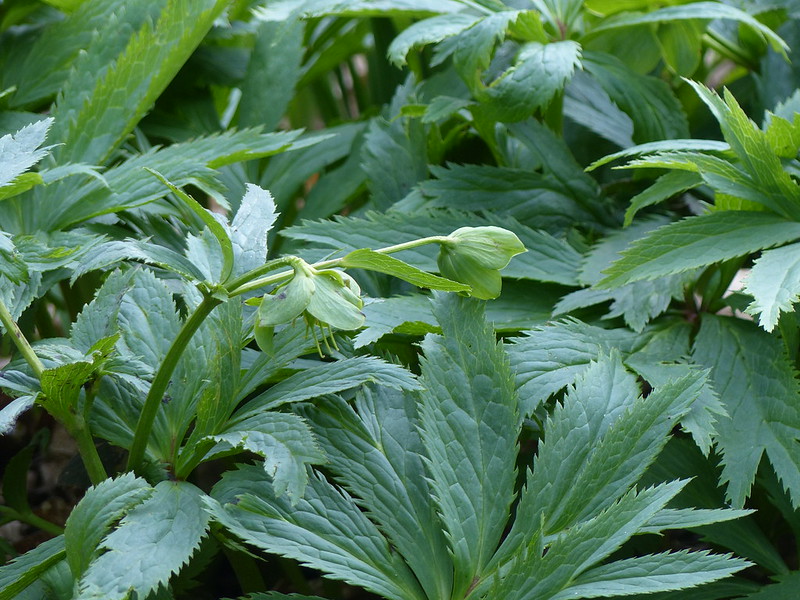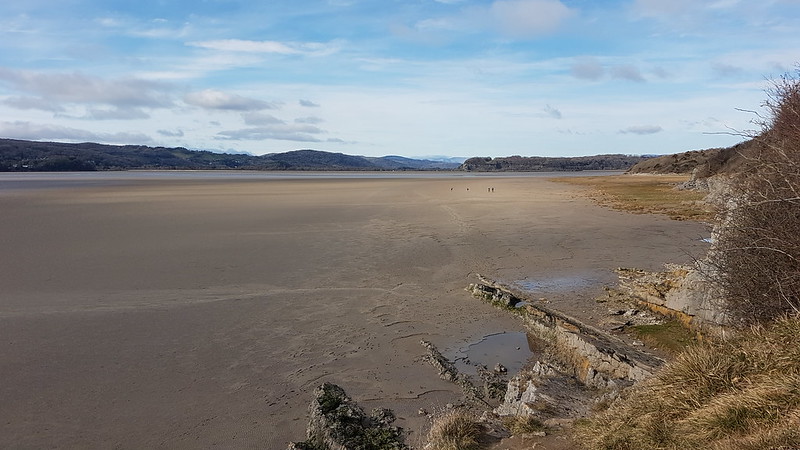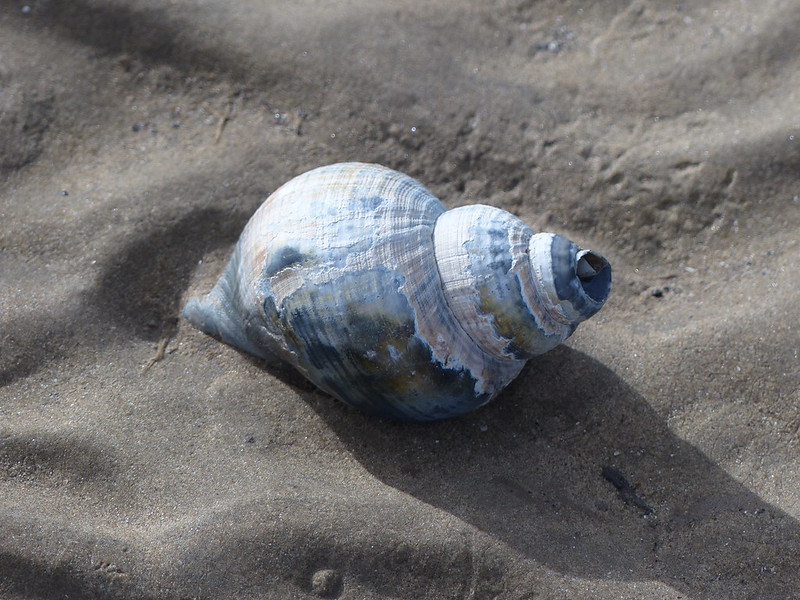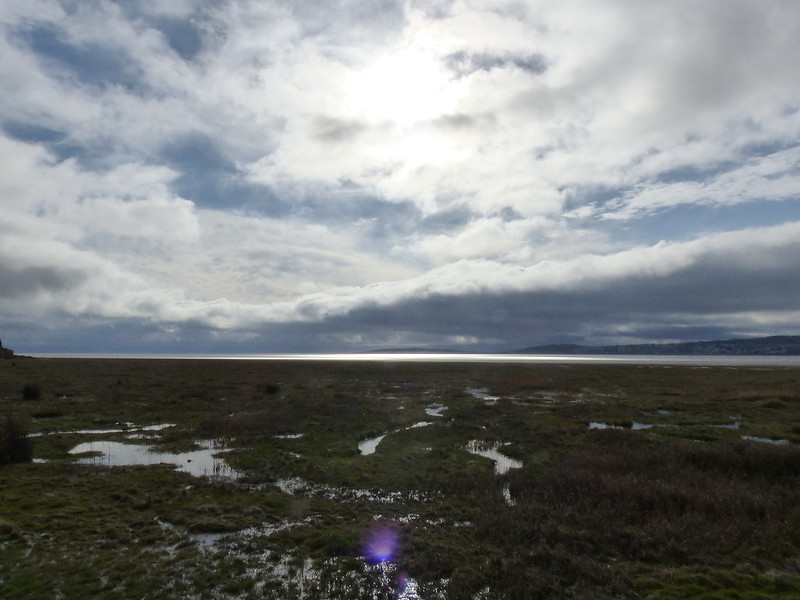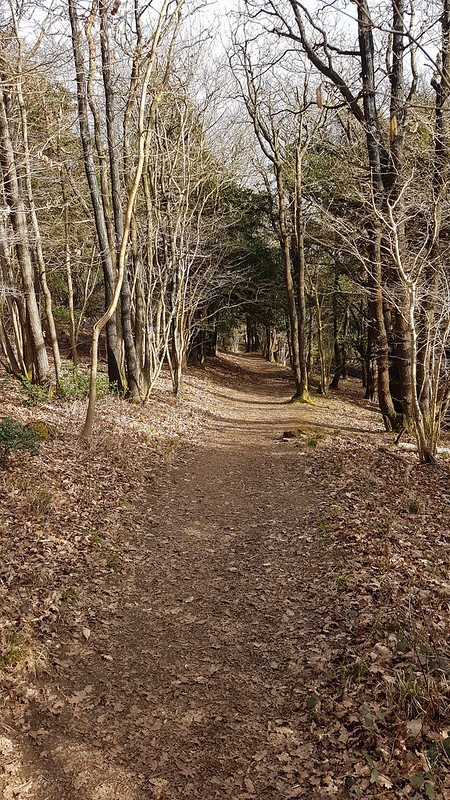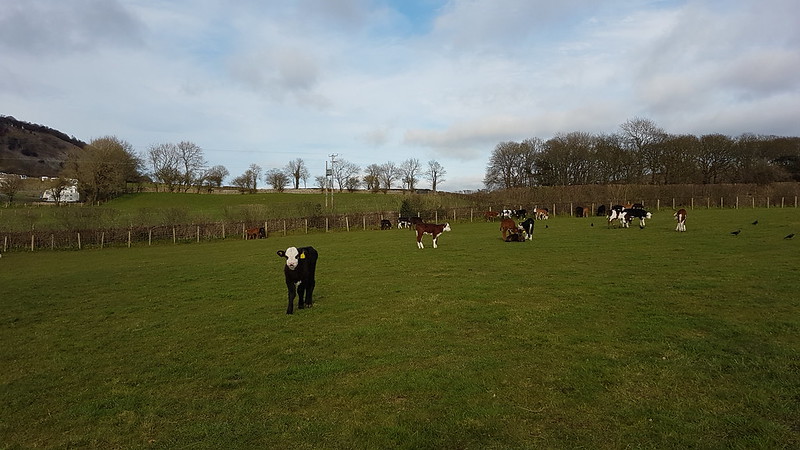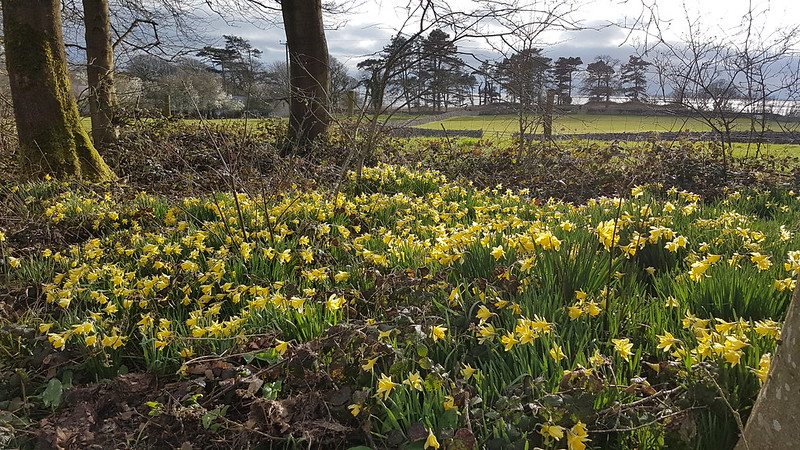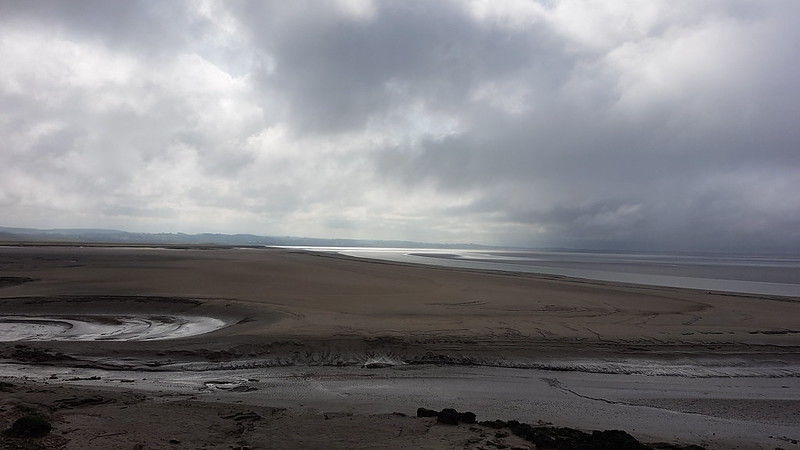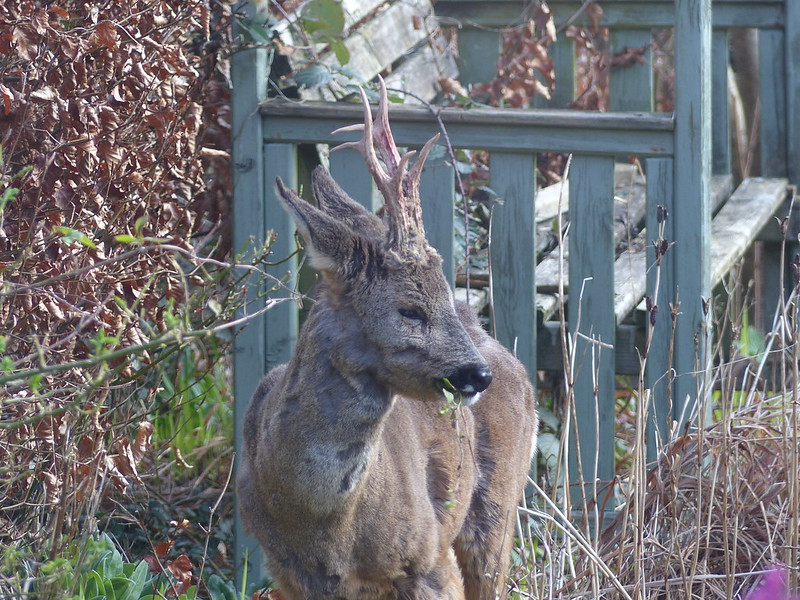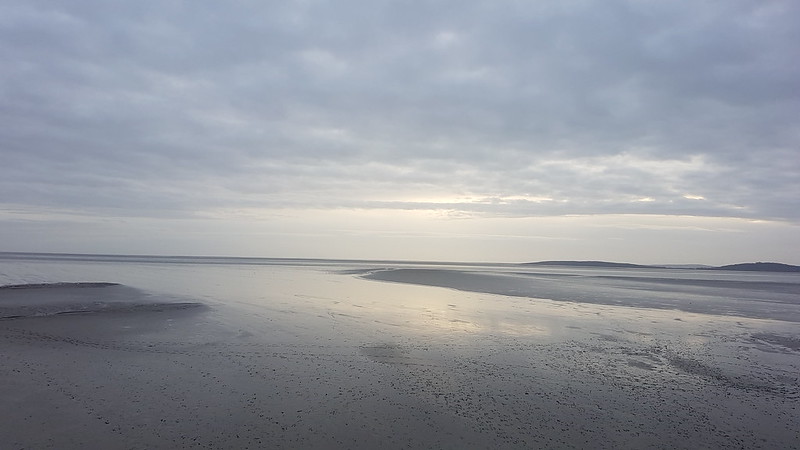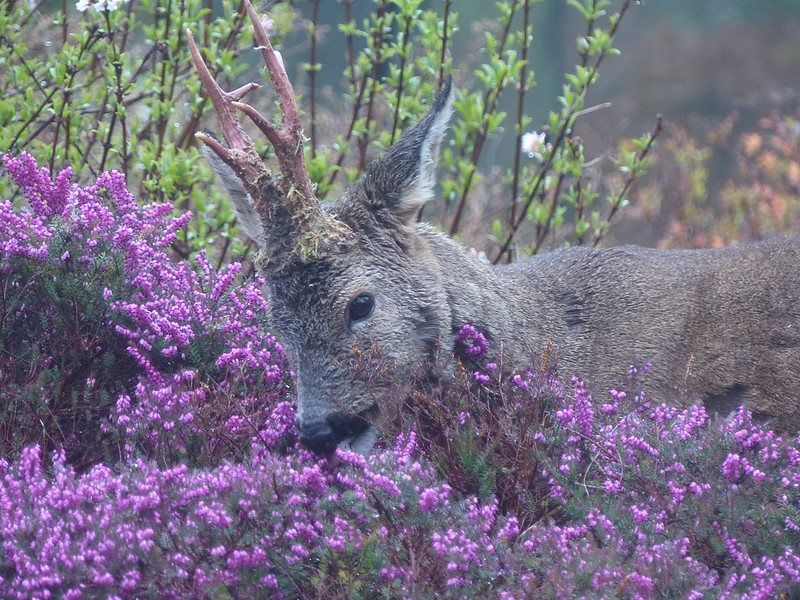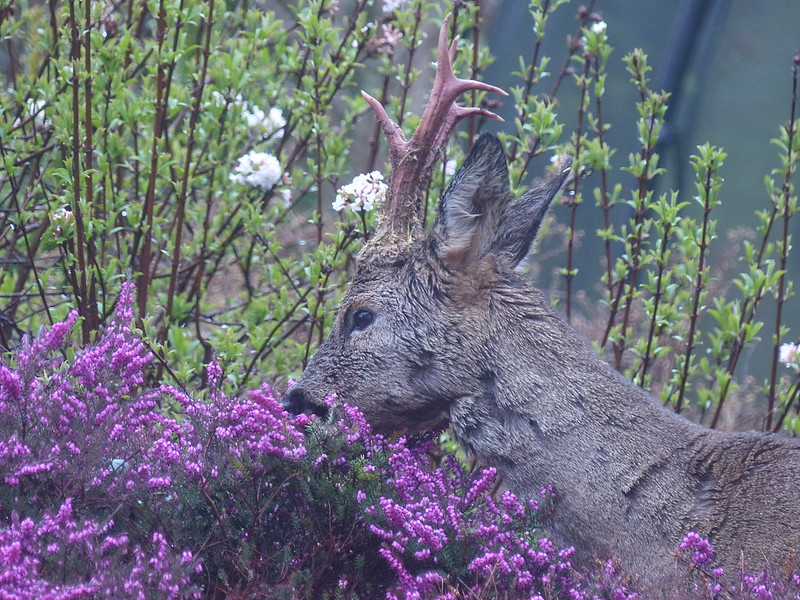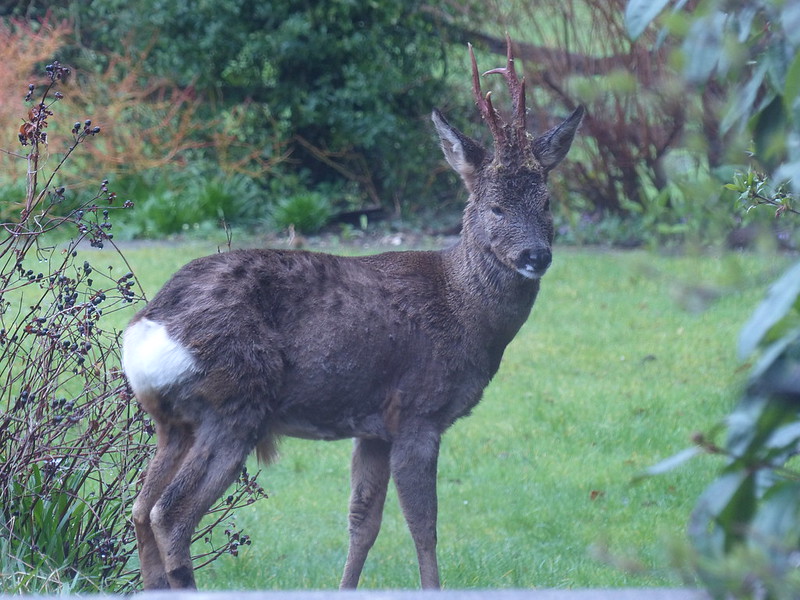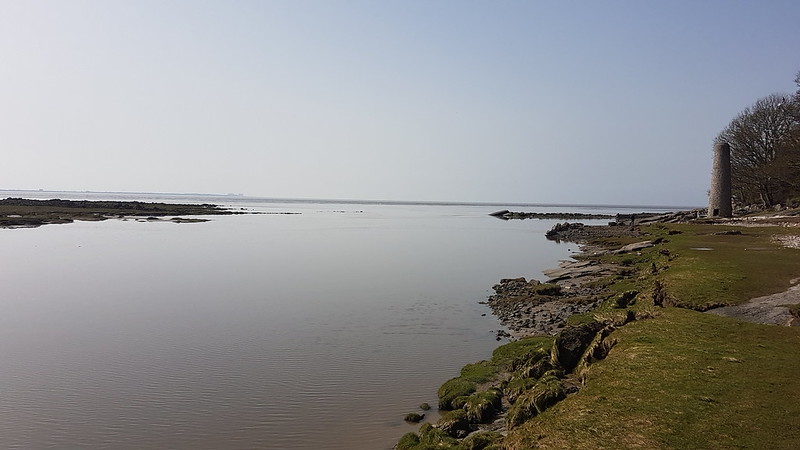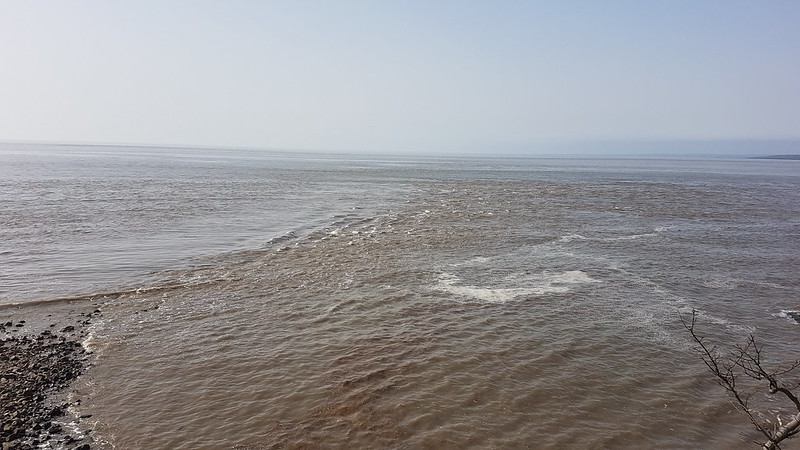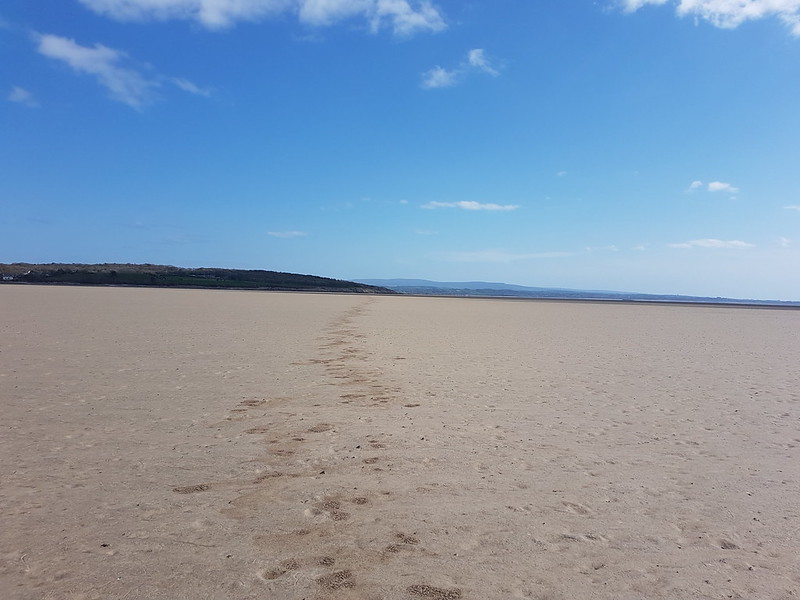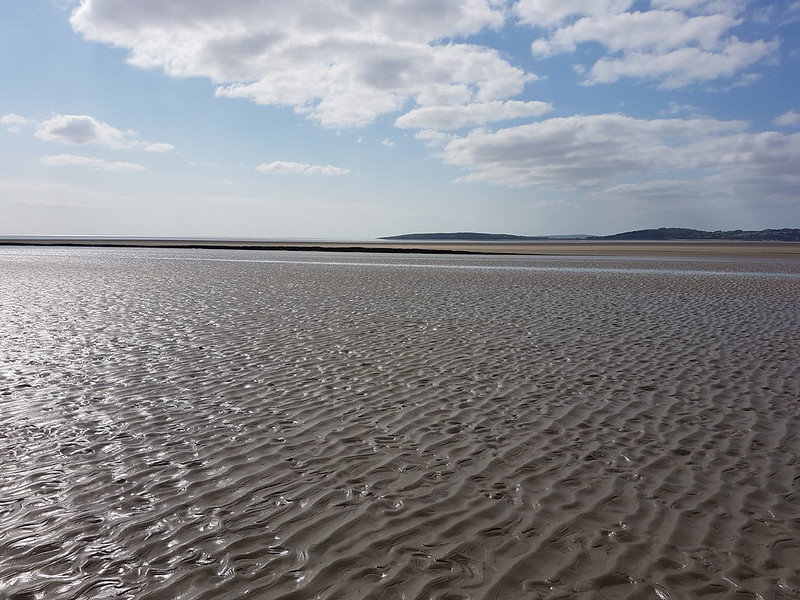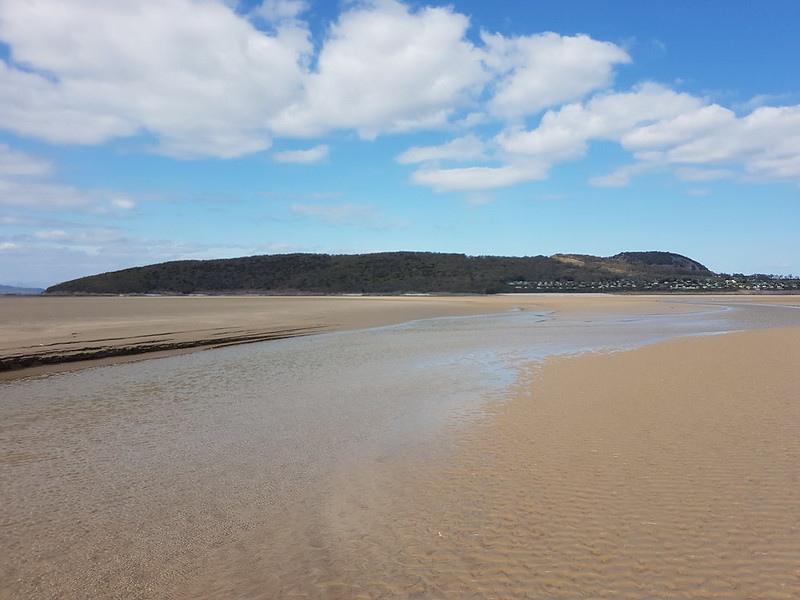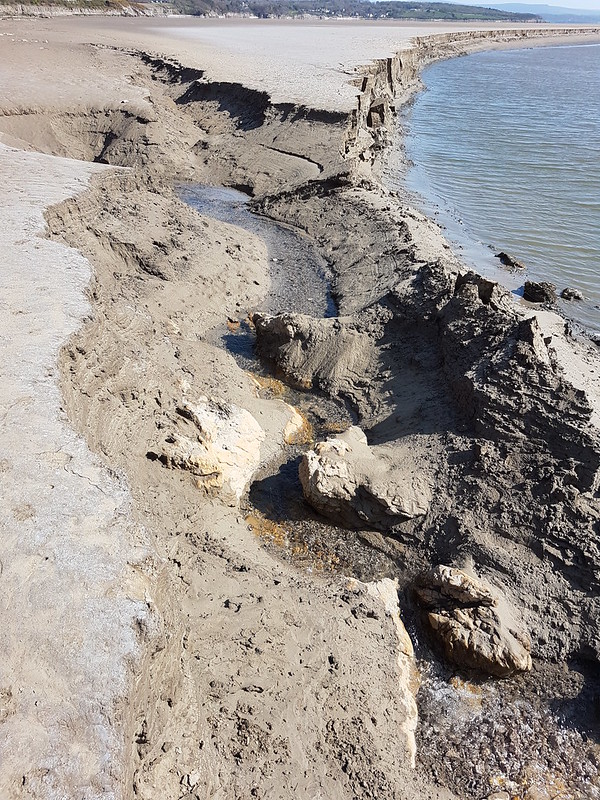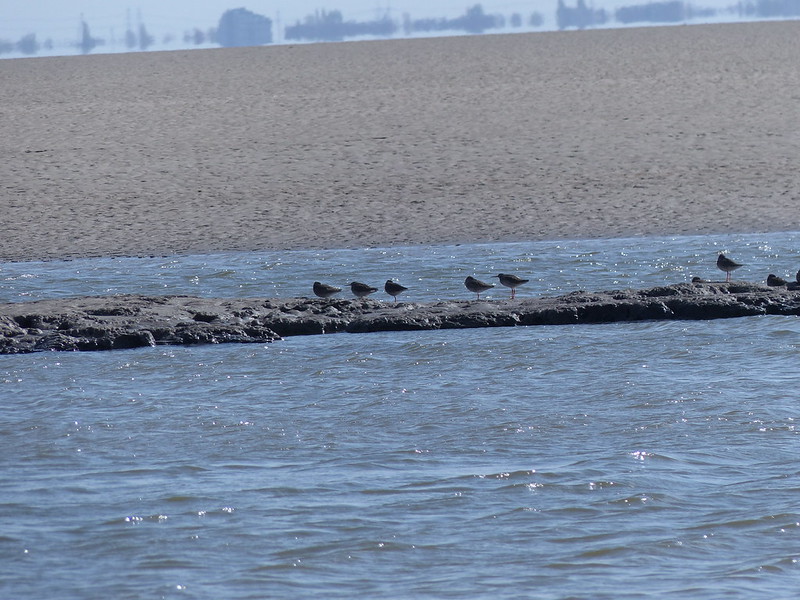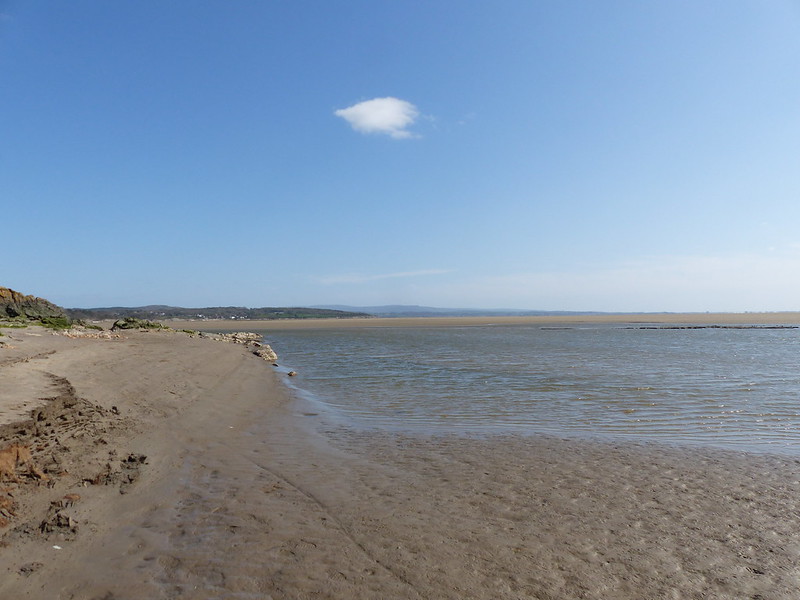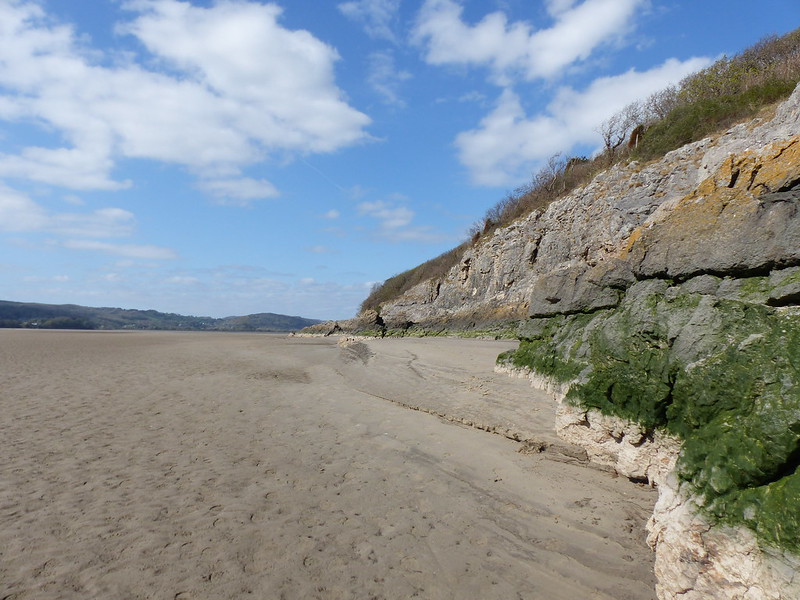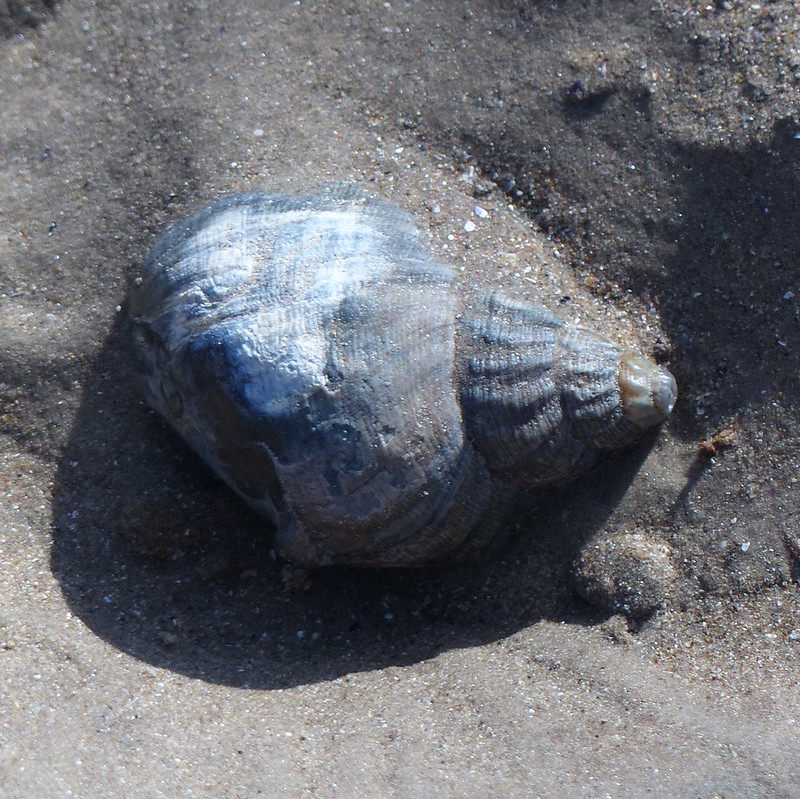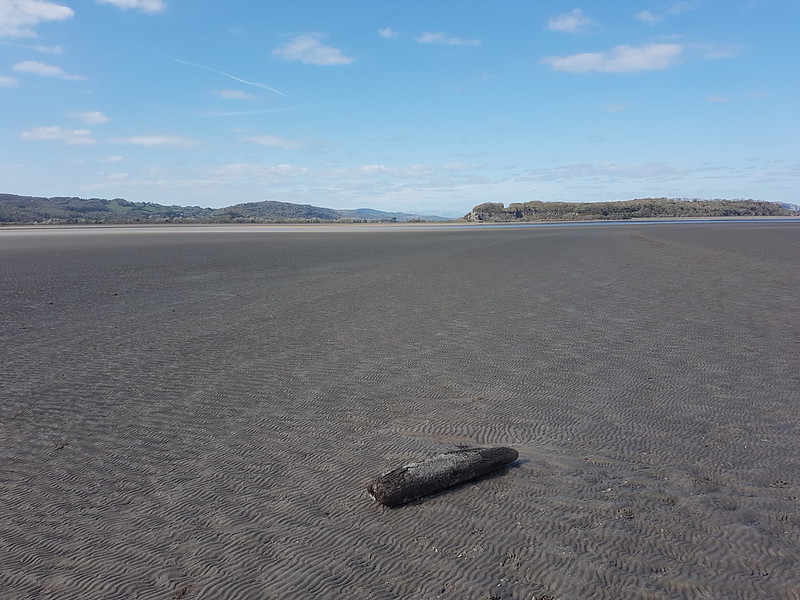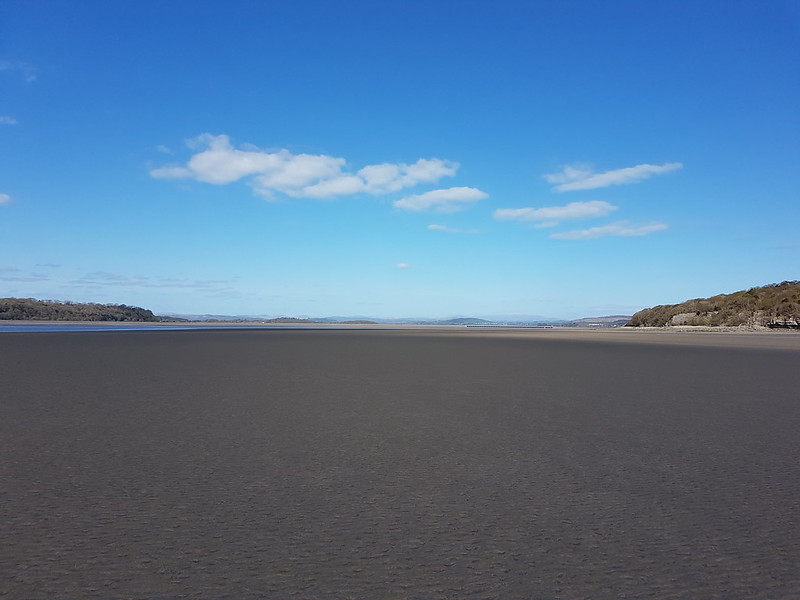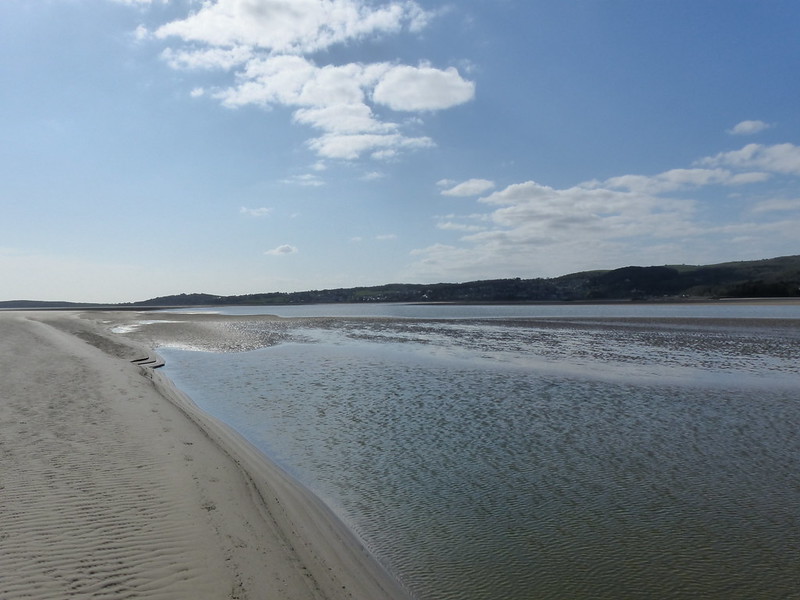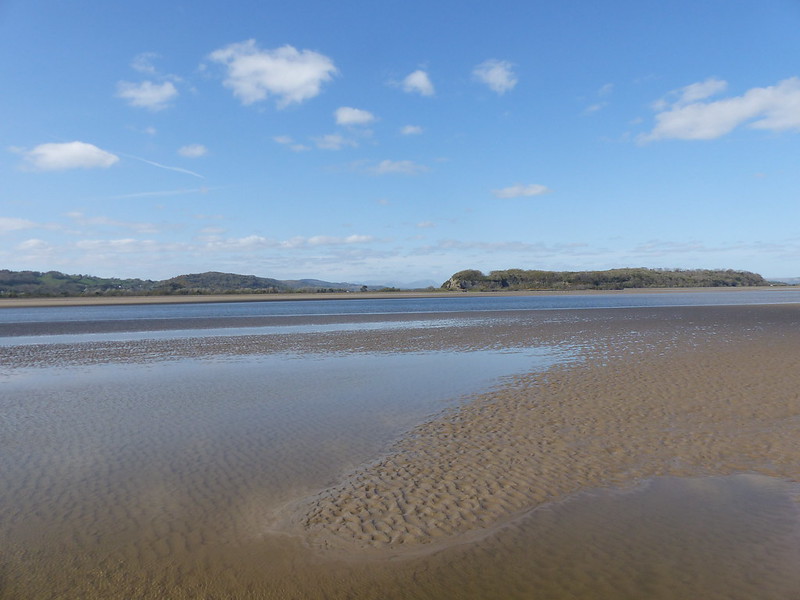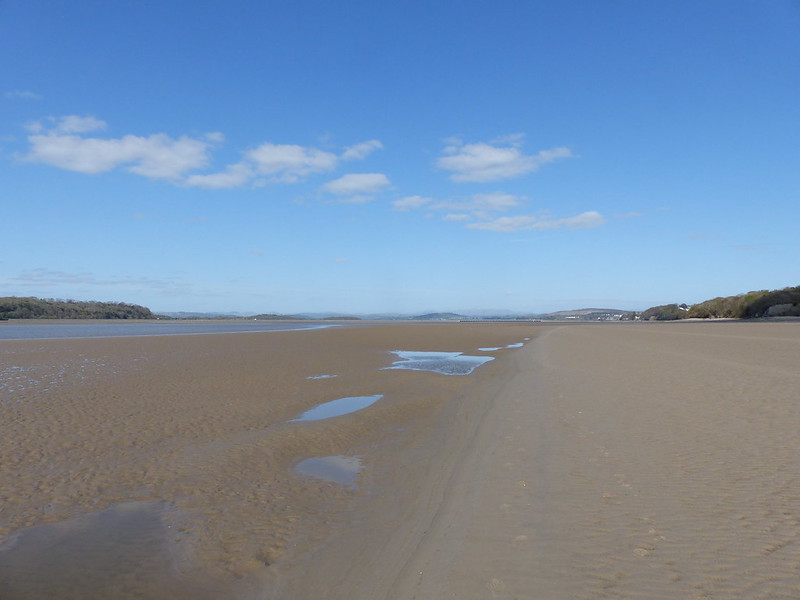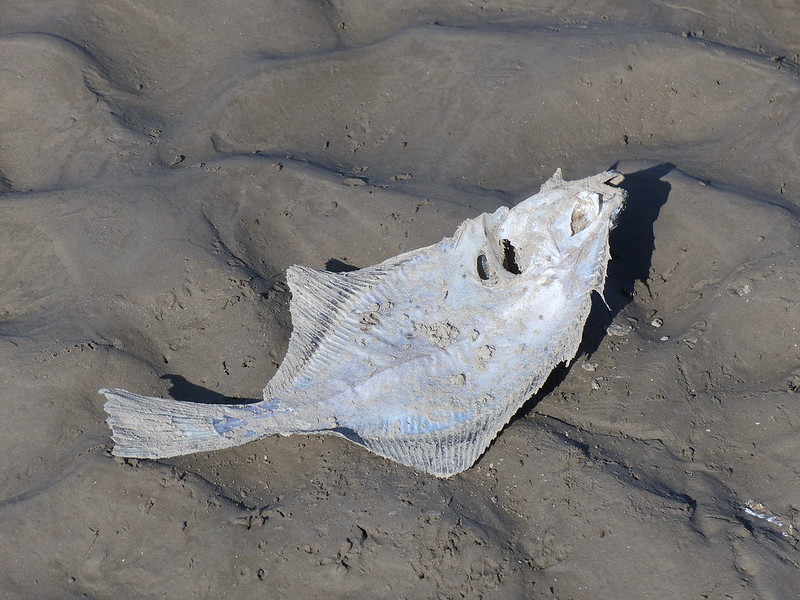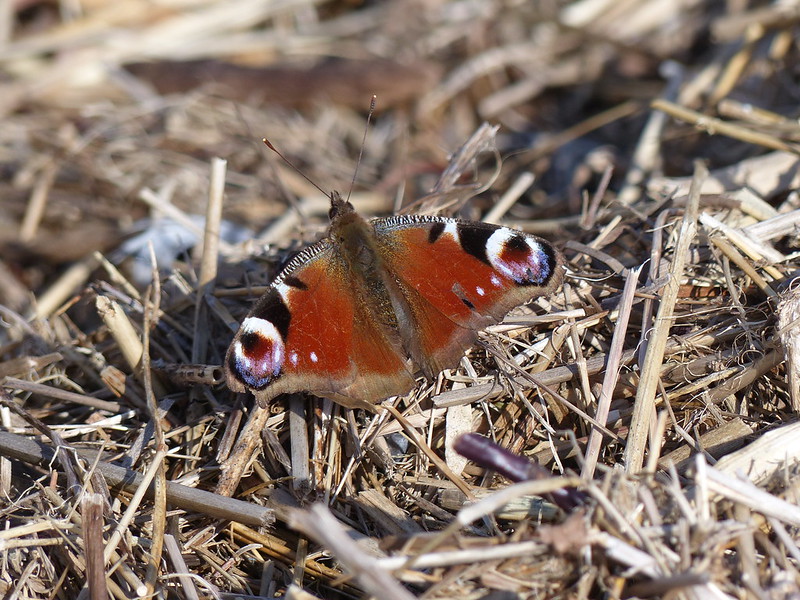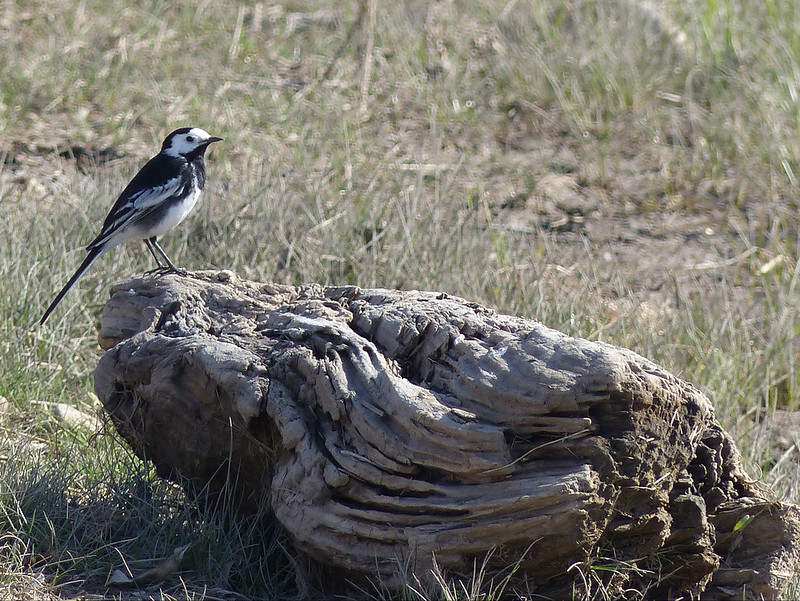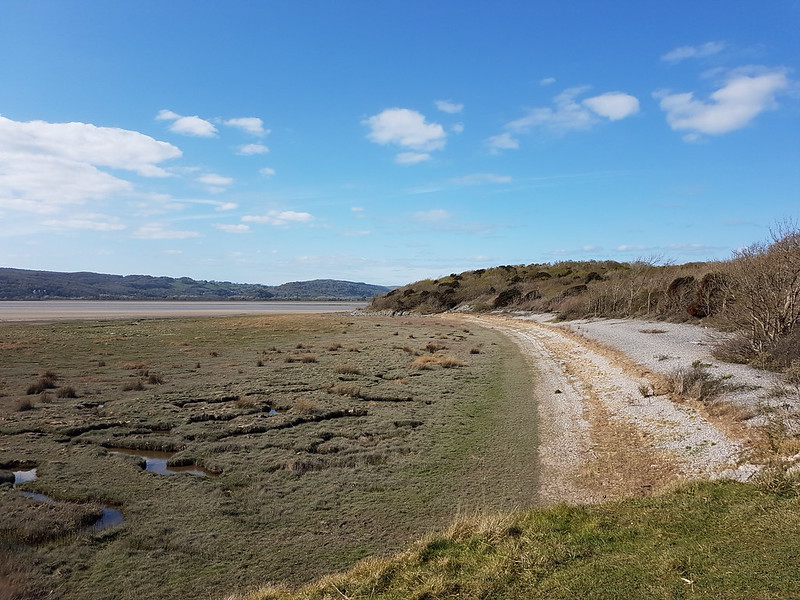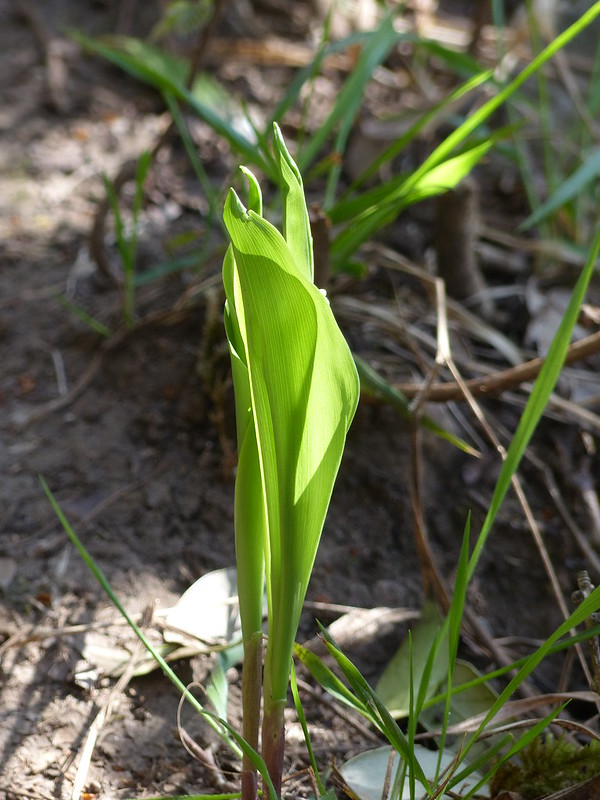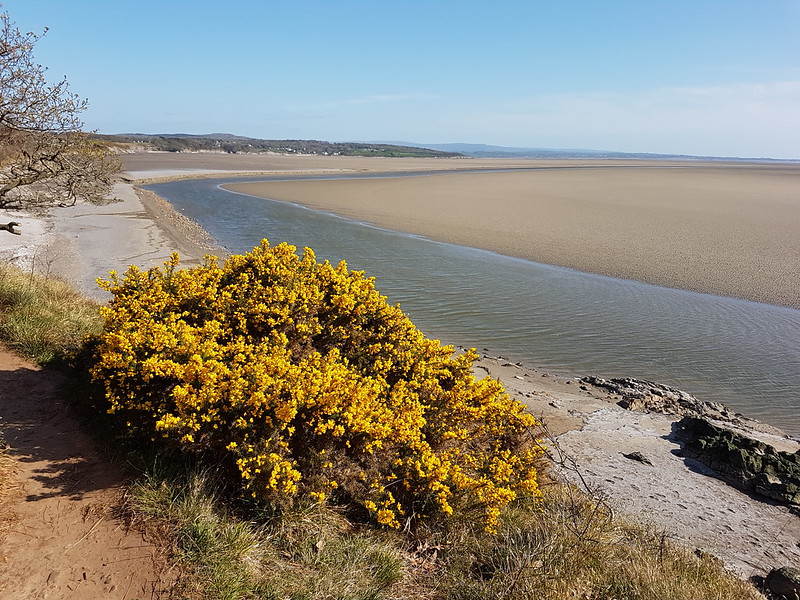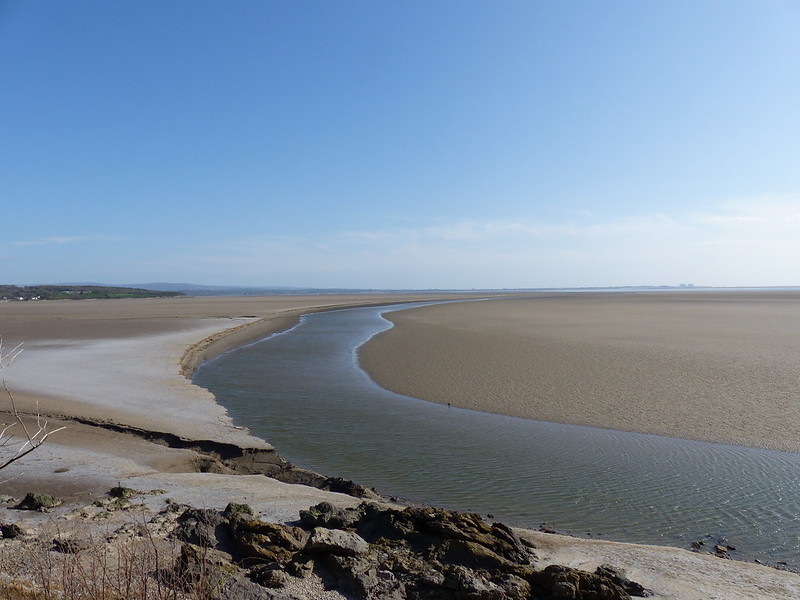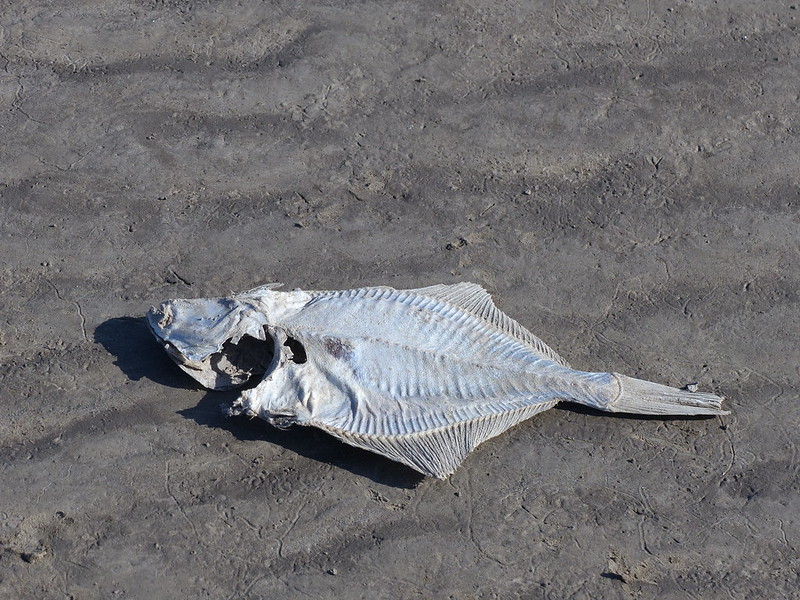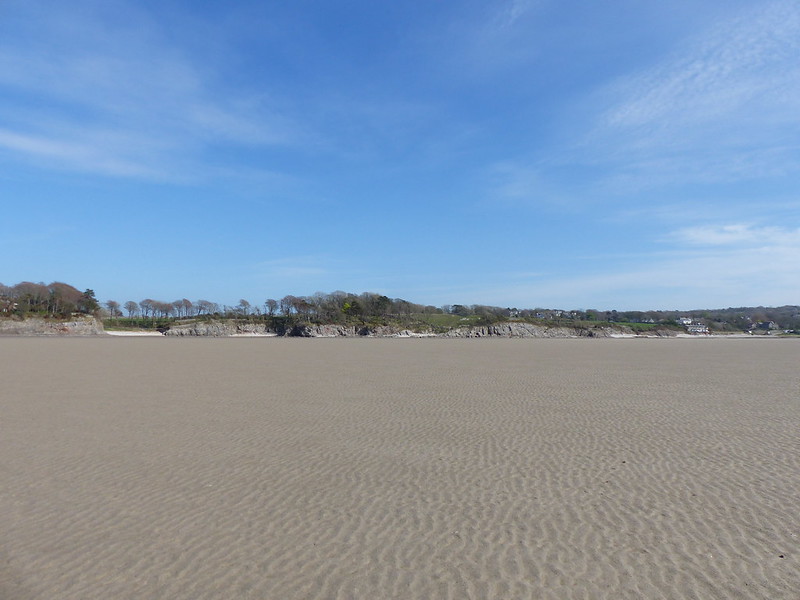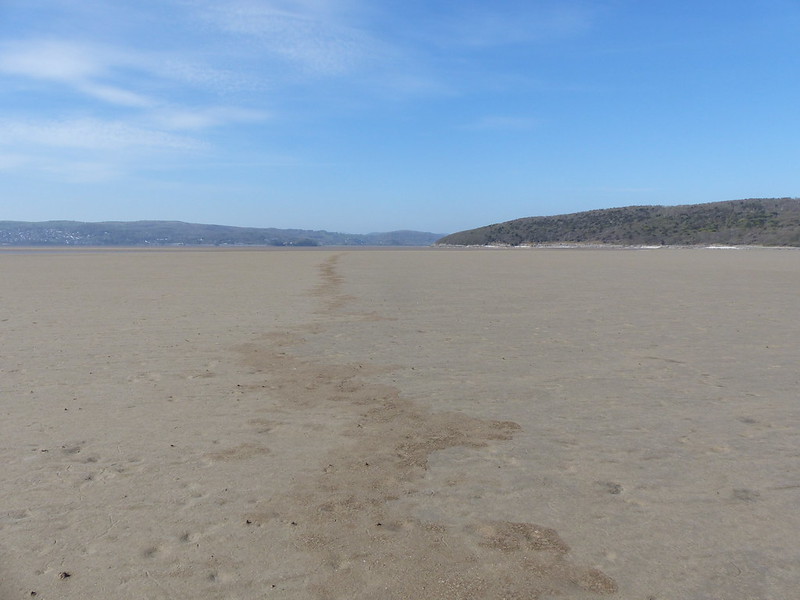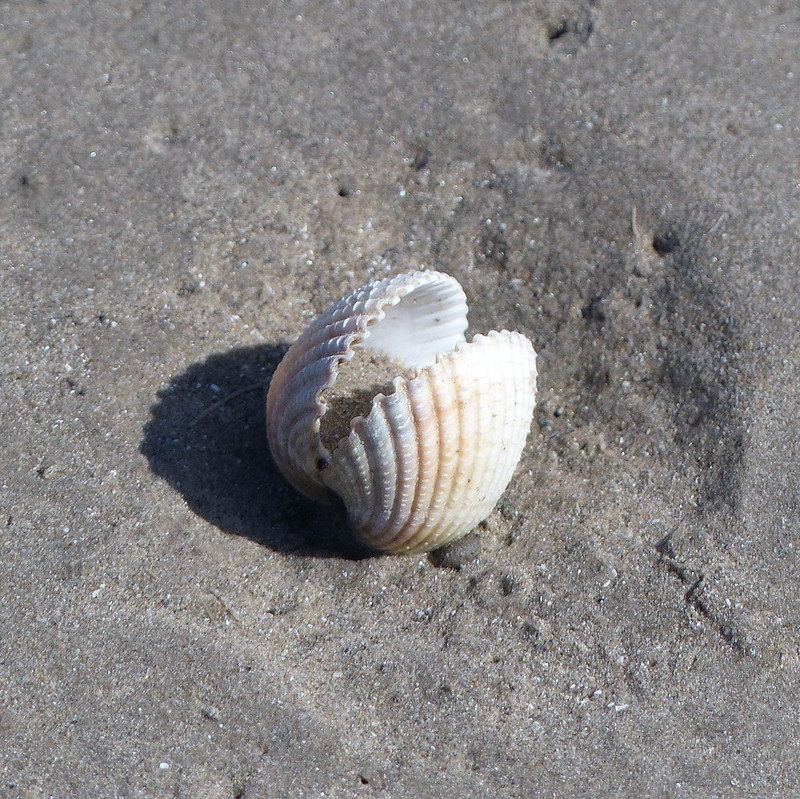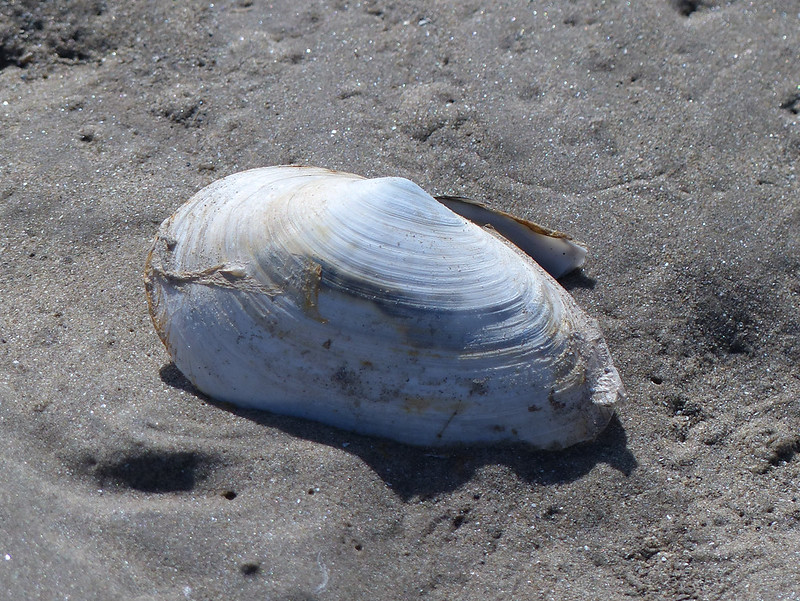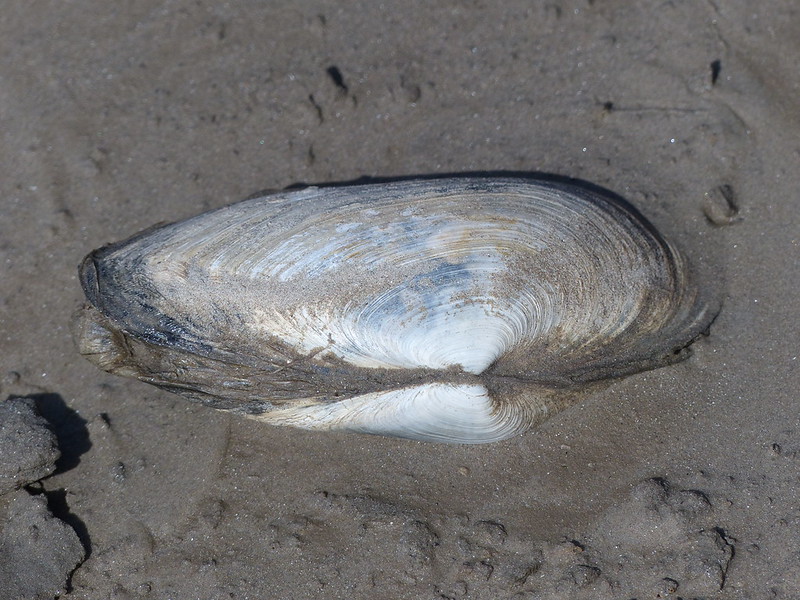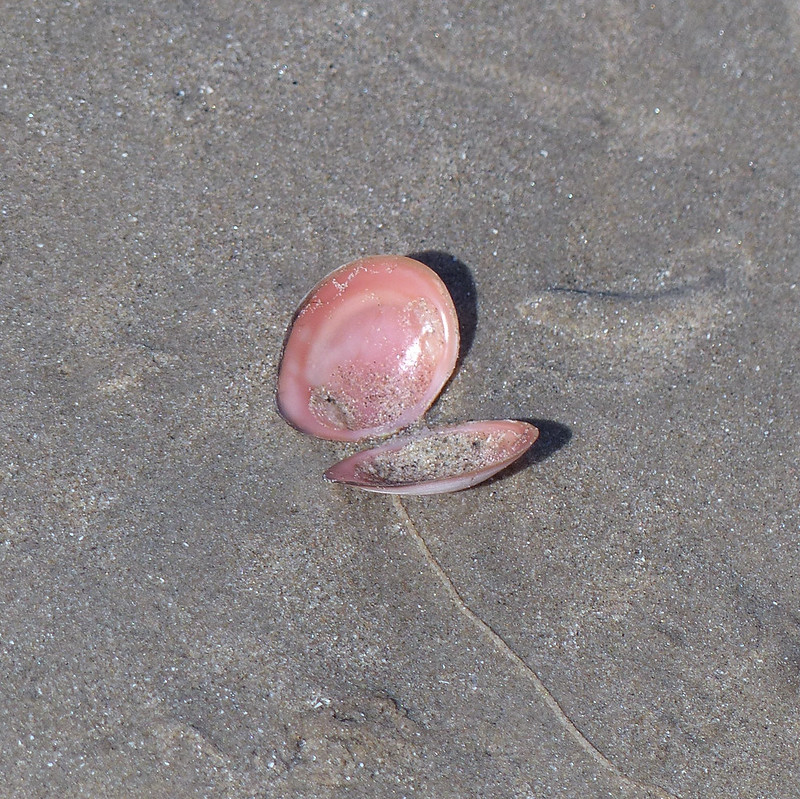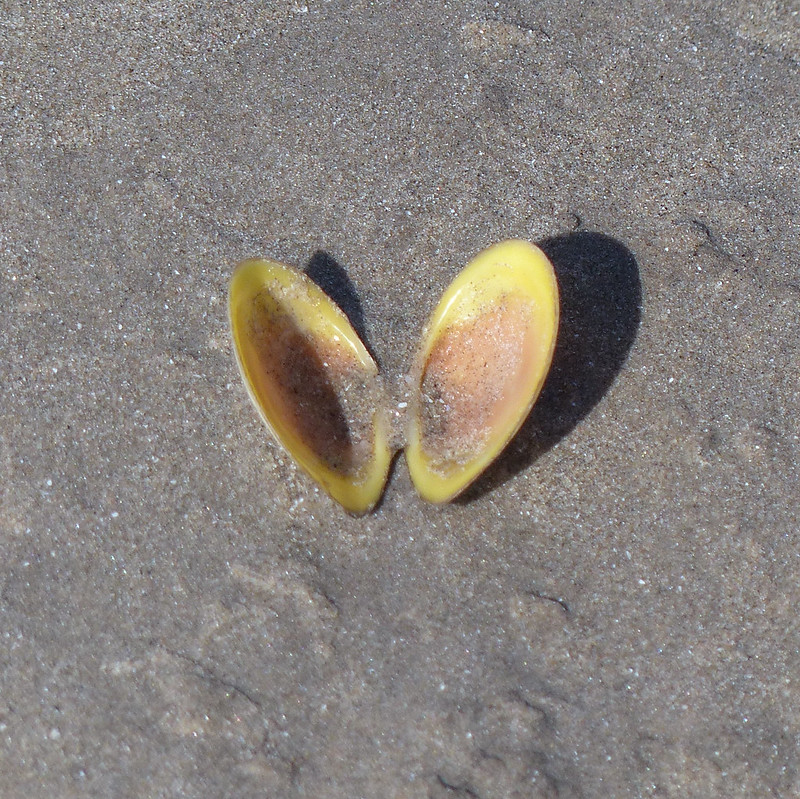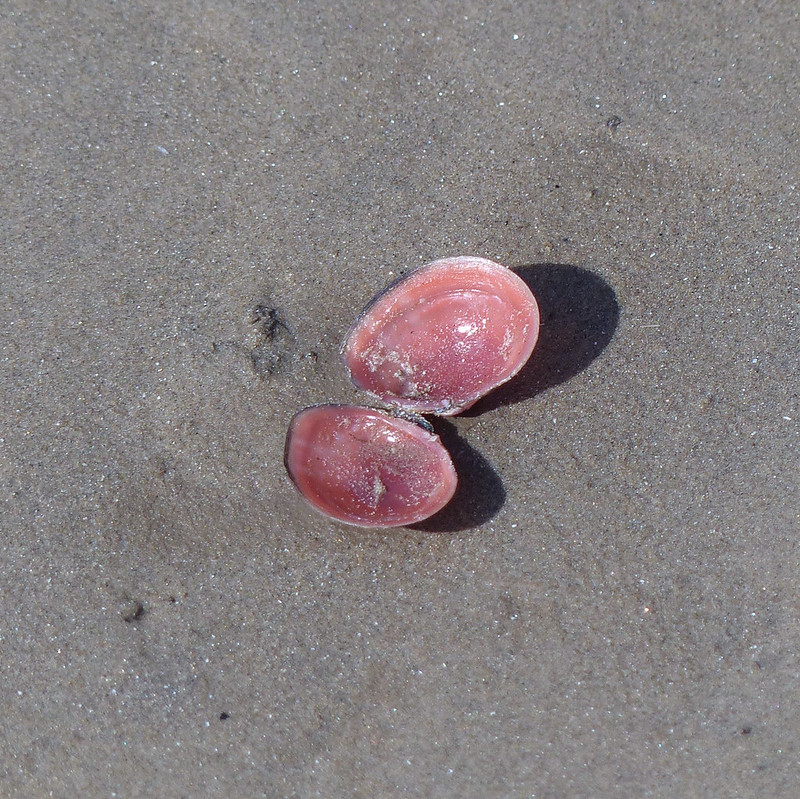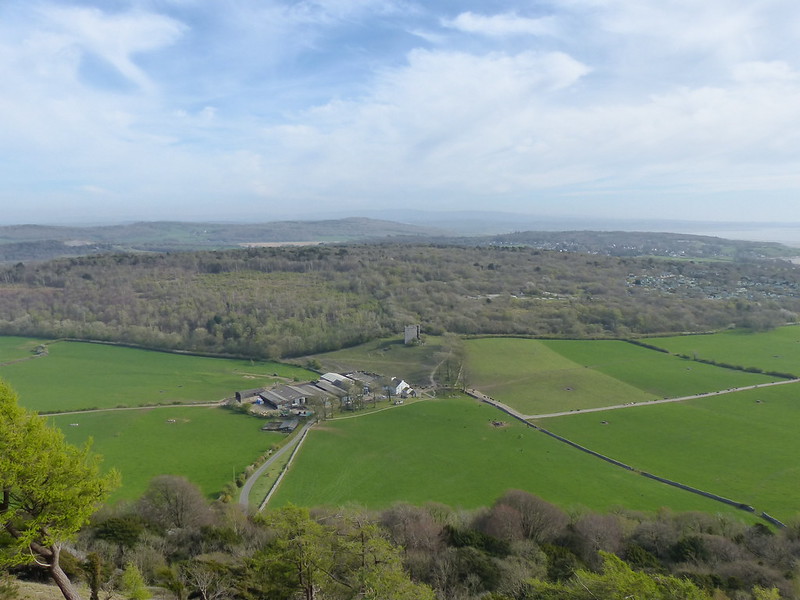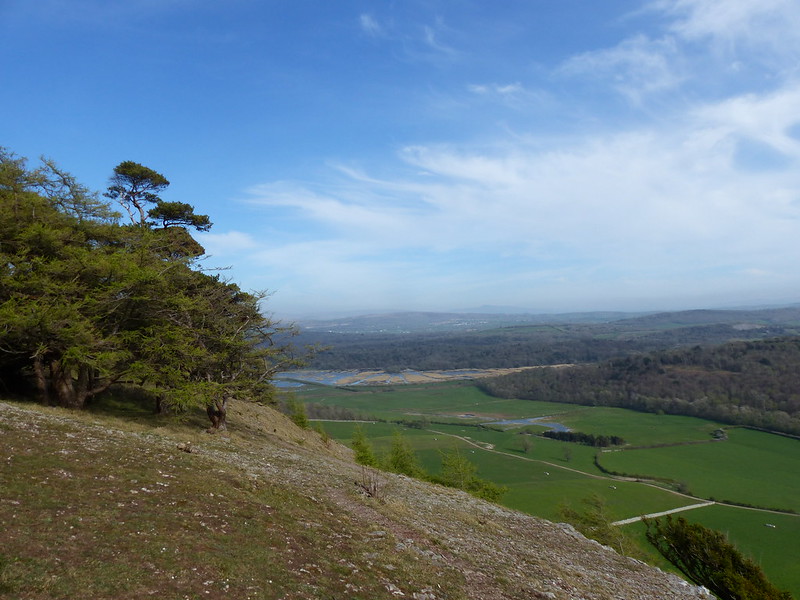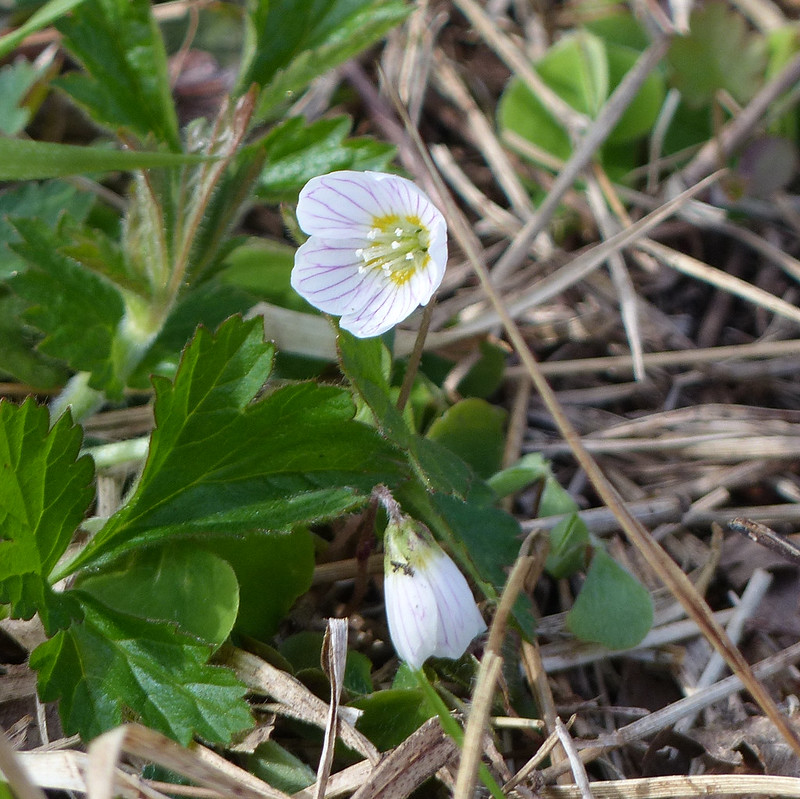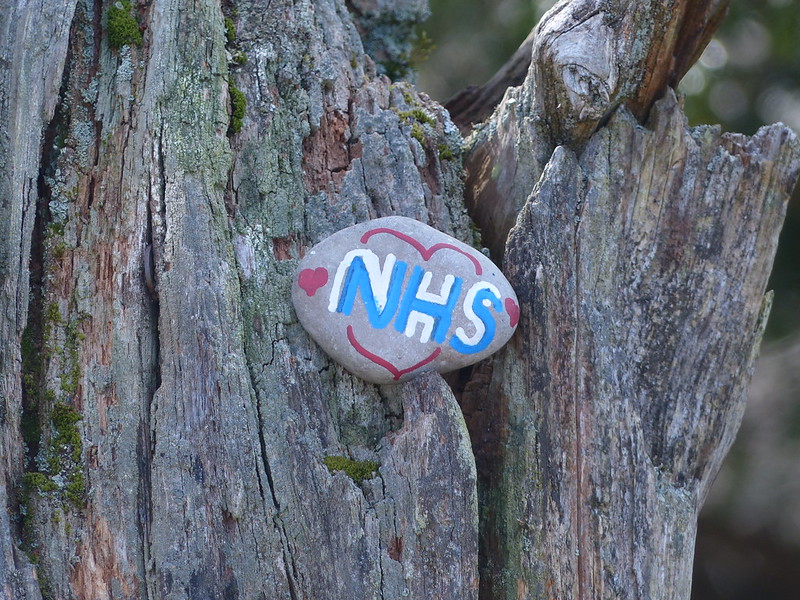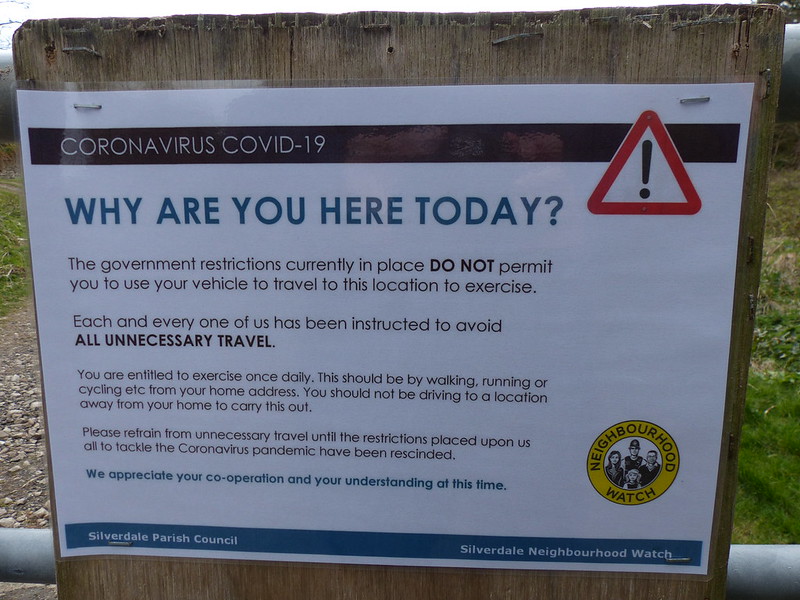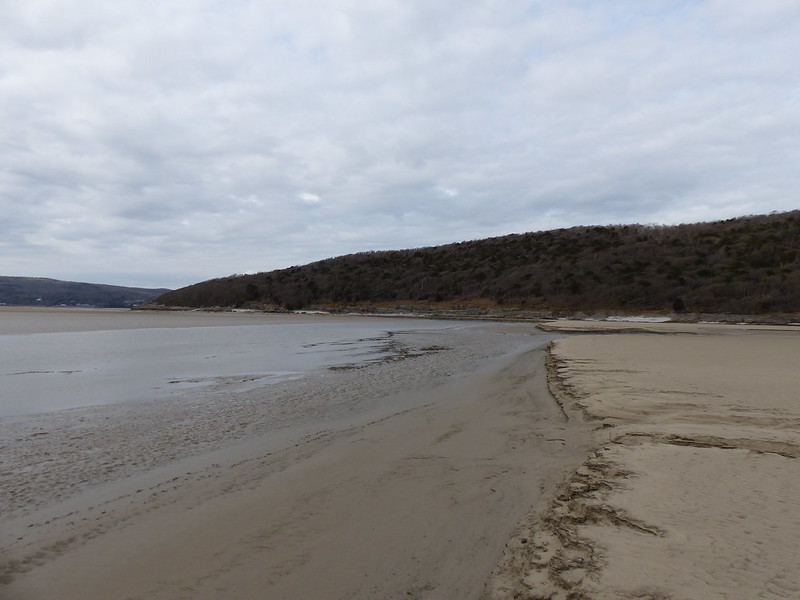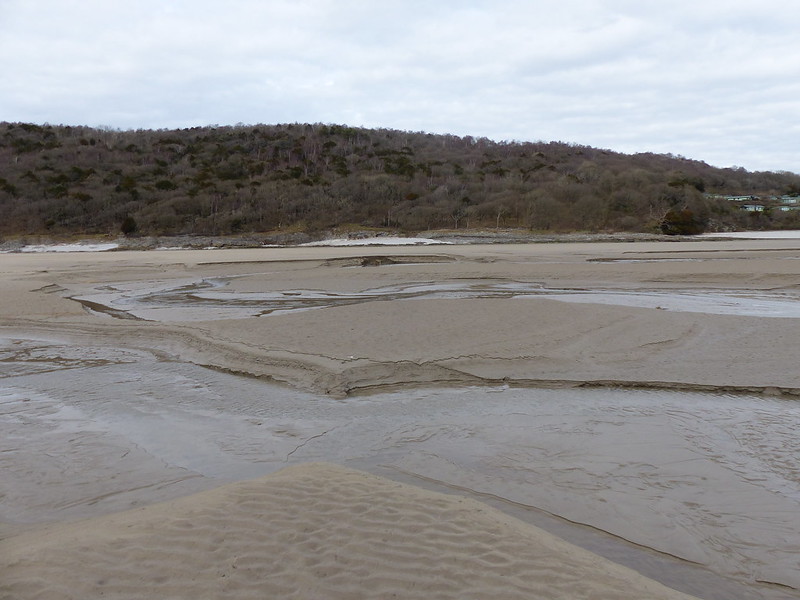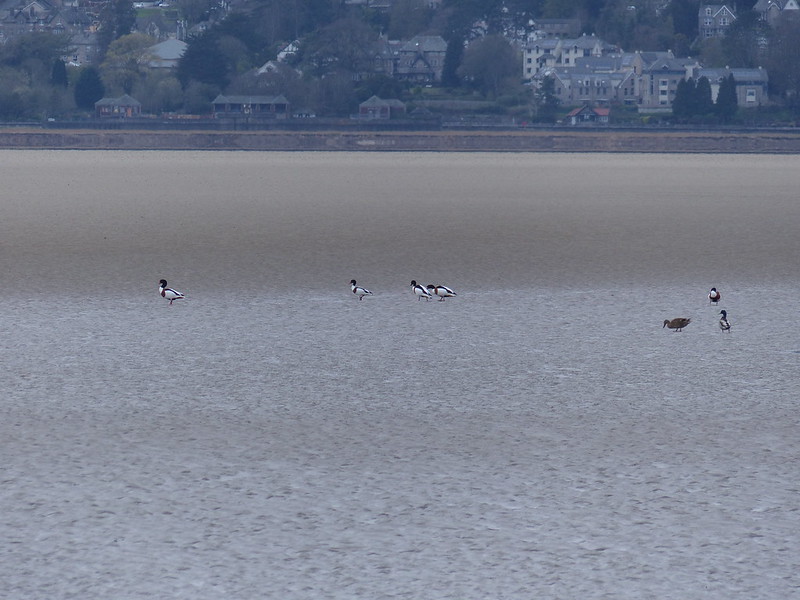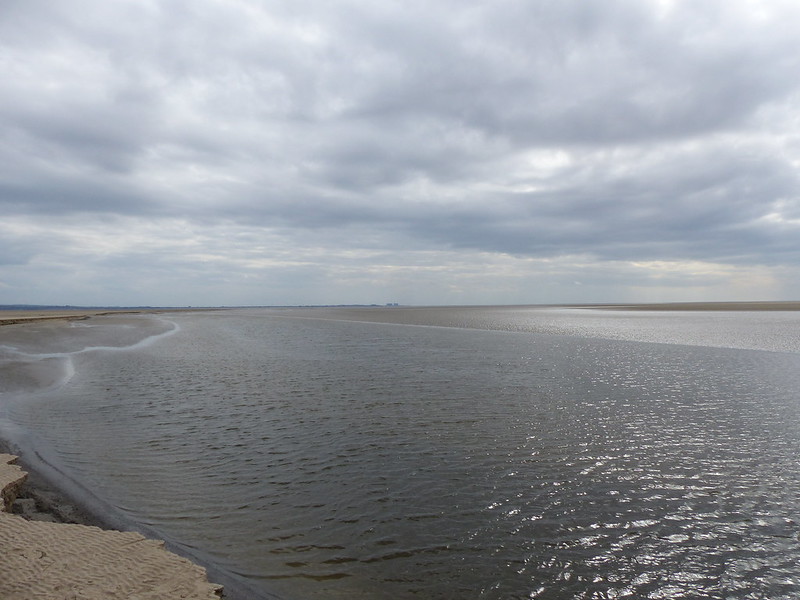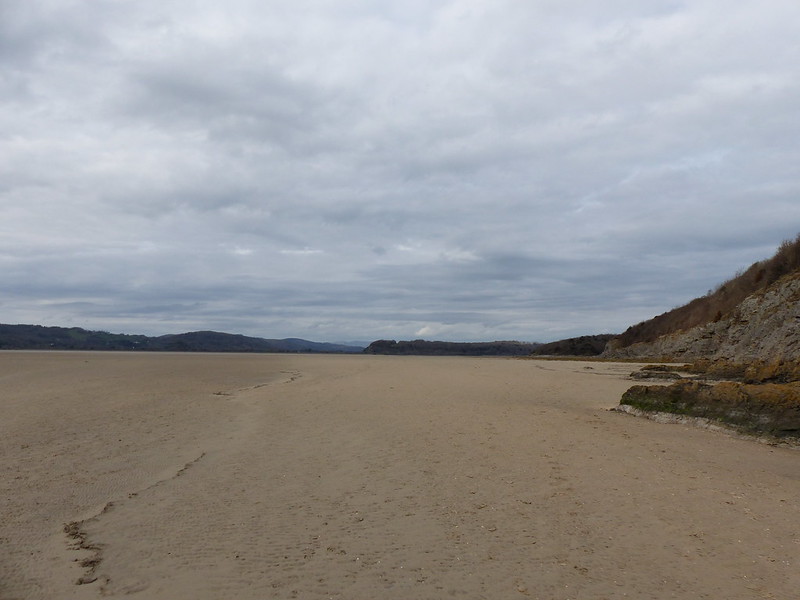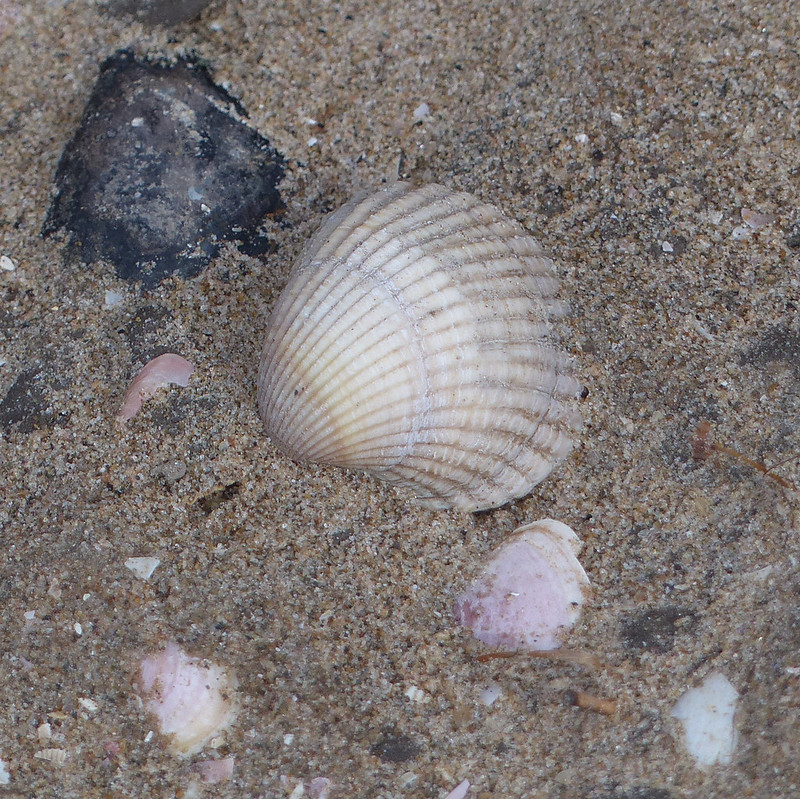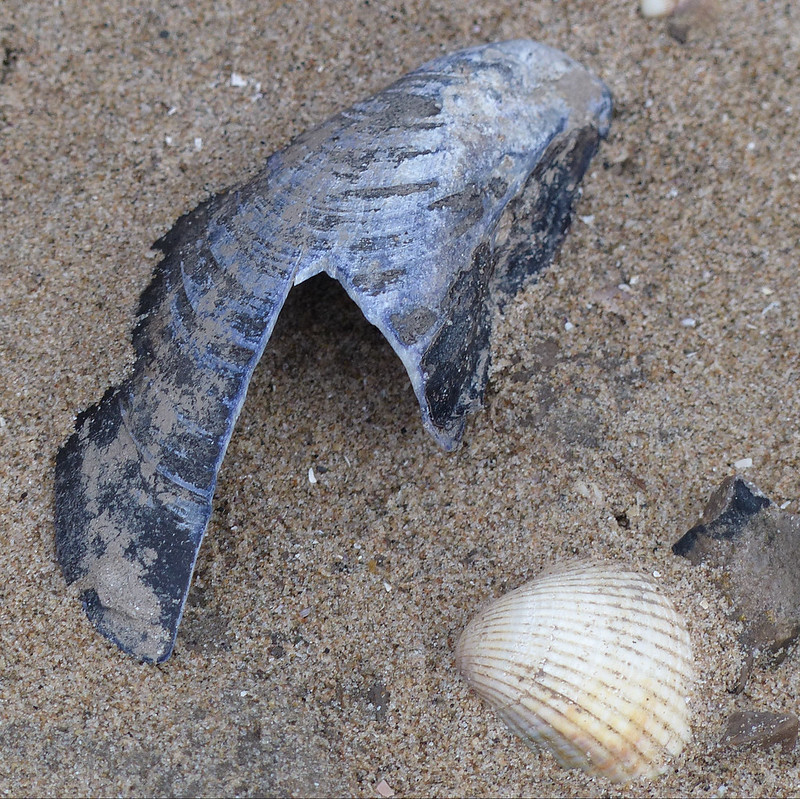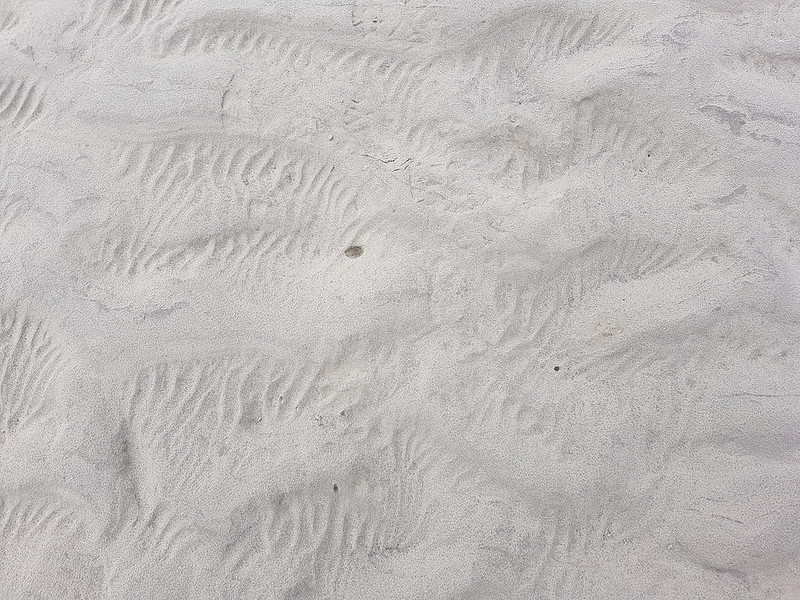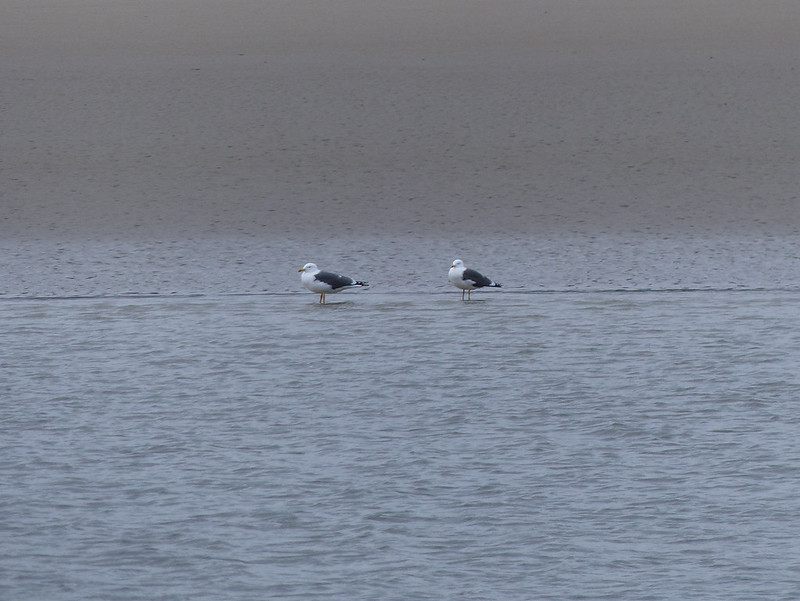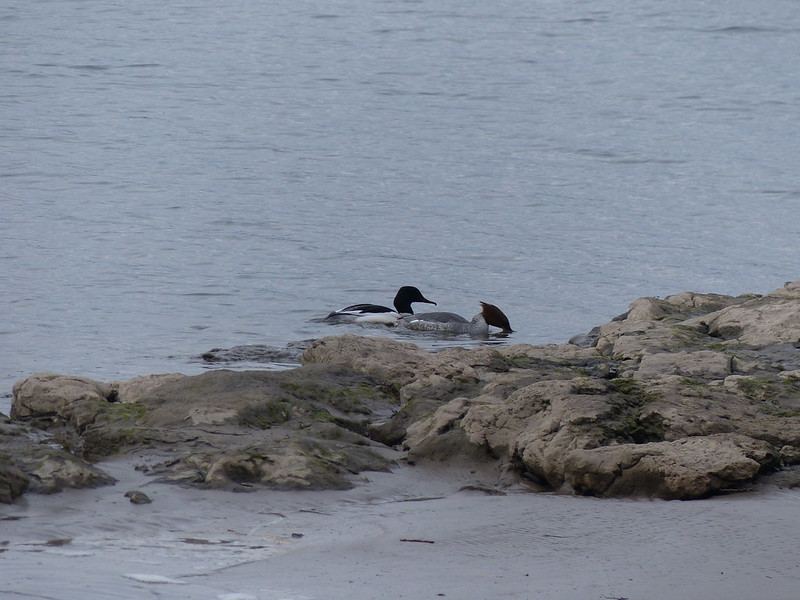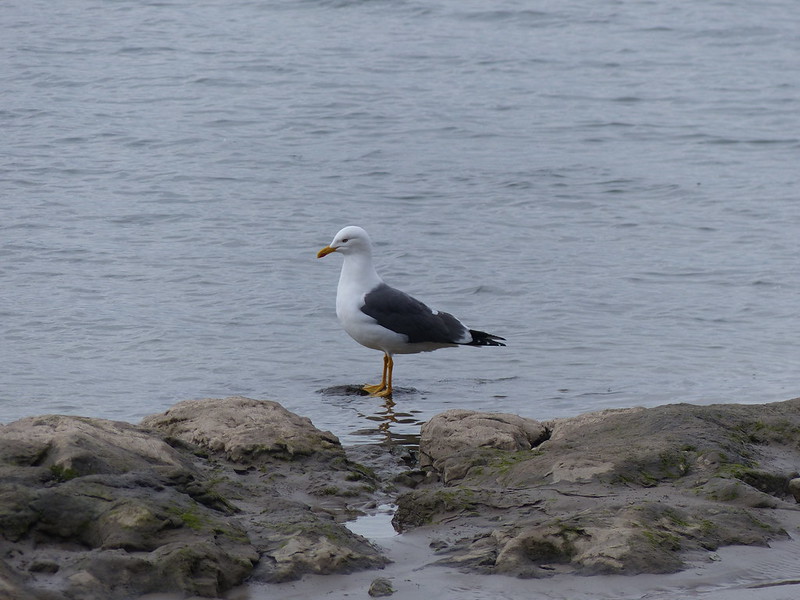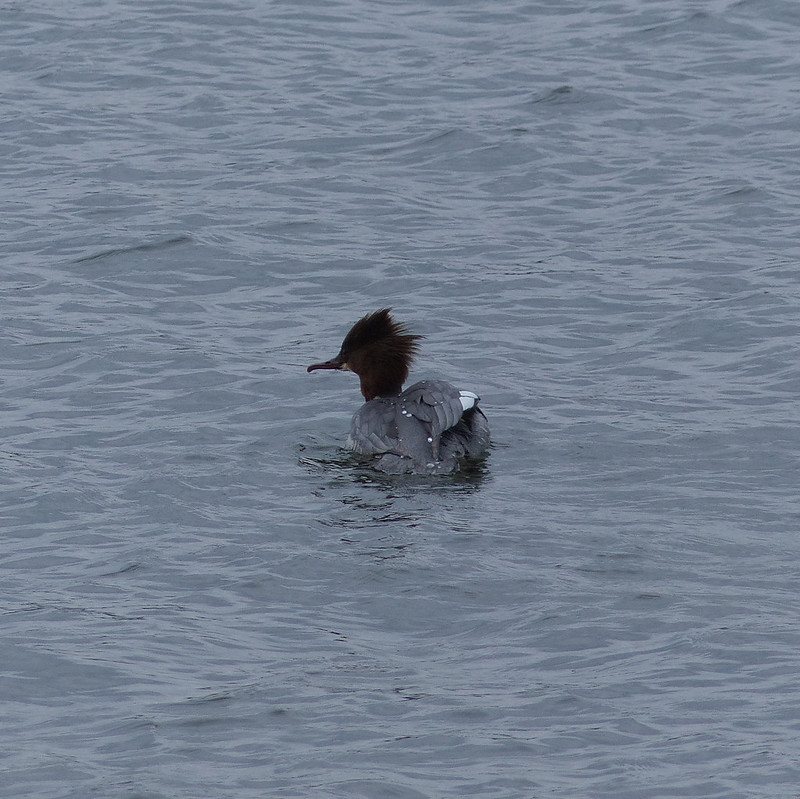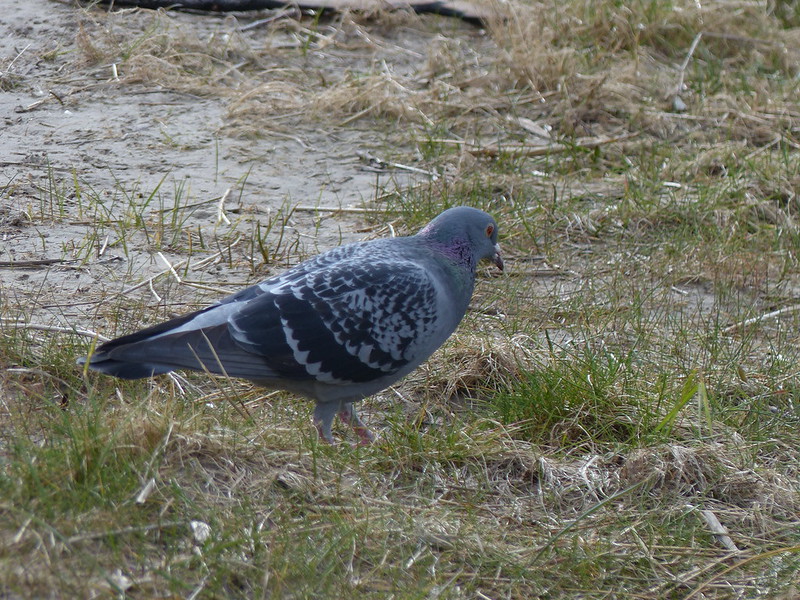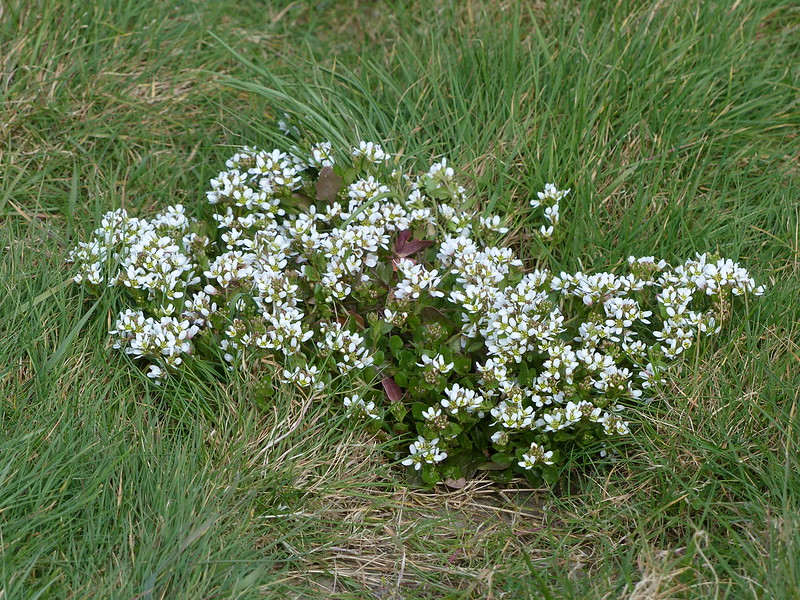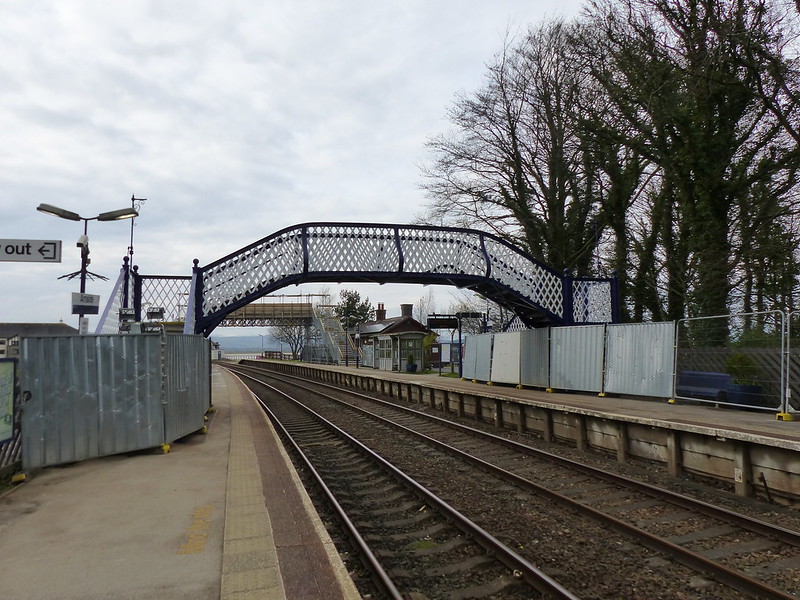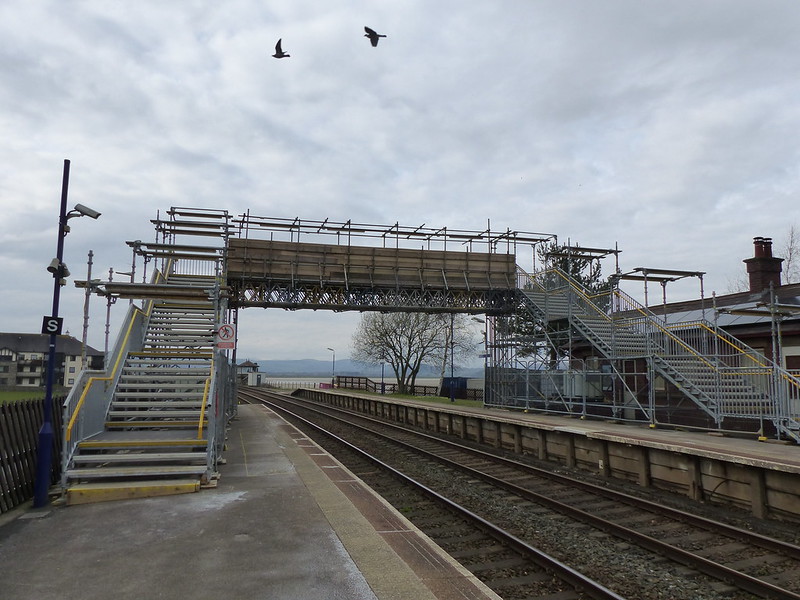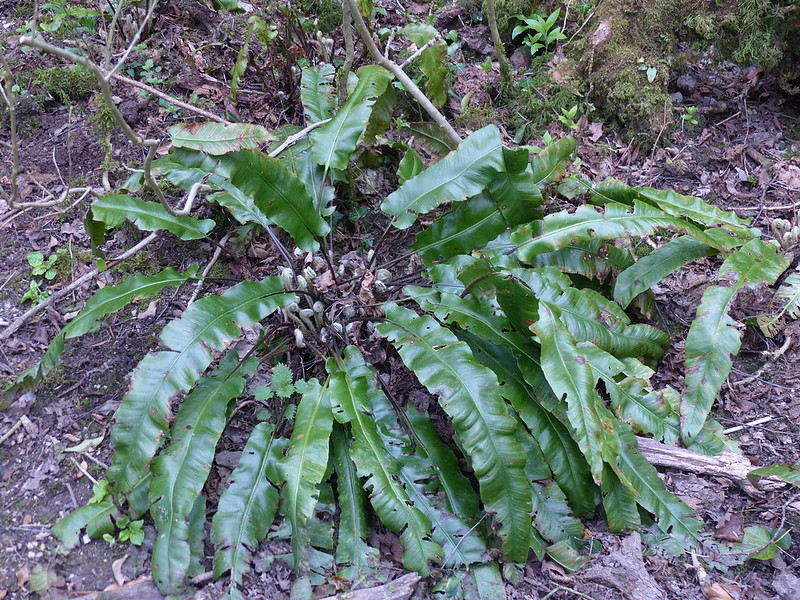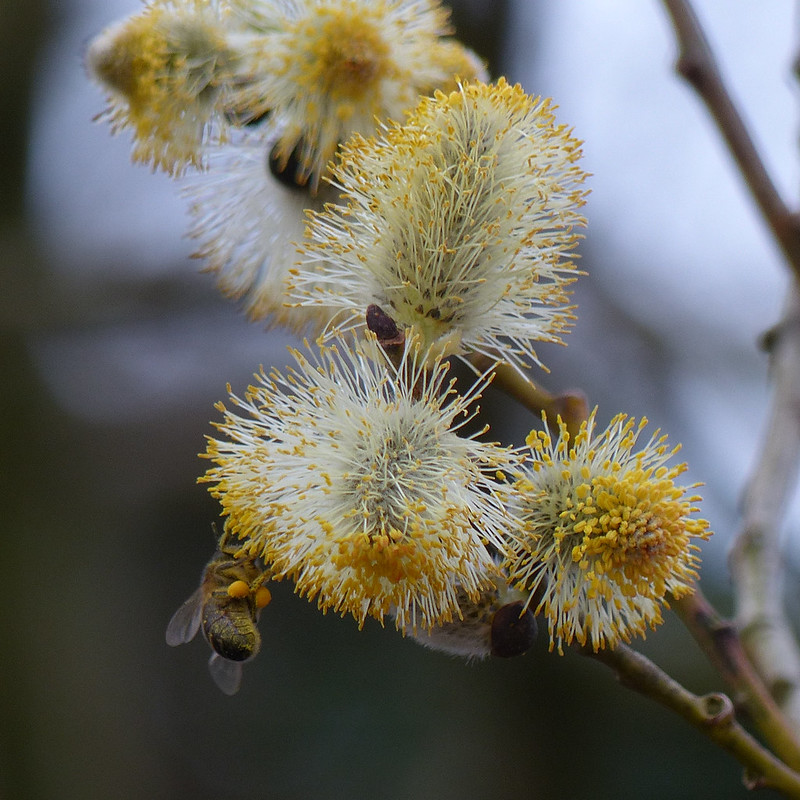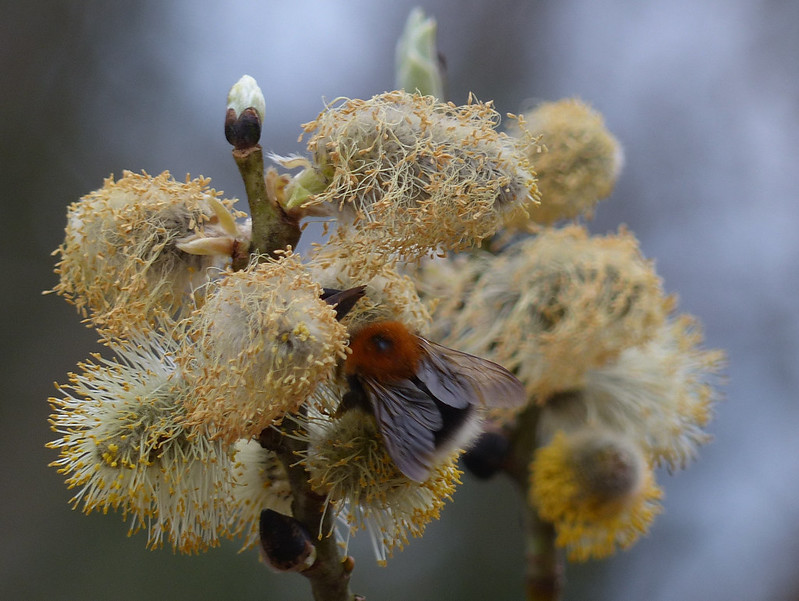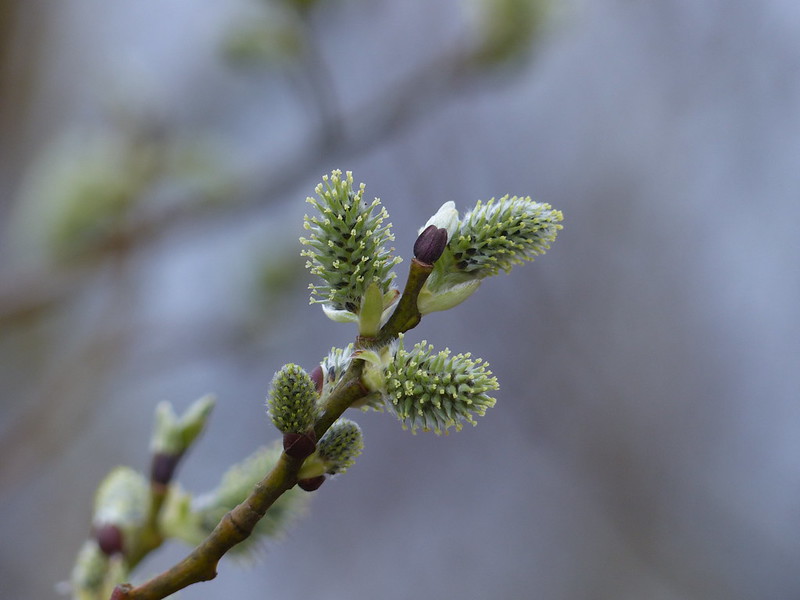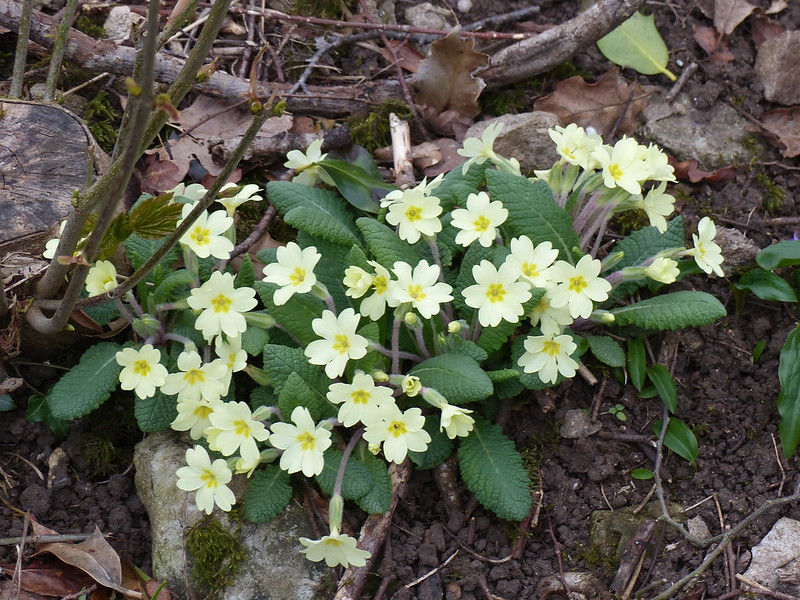
These first two photos are from earlier in the week than the rest in the post, and from our garden. The deer and the covid were stood in much the same spot, at different times of course.

We stopped putting food out for the birds when we acquired our cats, or as I like to think of them, bird murderers. These days however, one of them is fat and the other decrepit and they rarely seem to catch anything apart from the odd pigeon. So when my mum and dad donated some feeders we decided to try again. We’ve hung several in the tall birch in the garden. Some contain seed mixtures, which do gradually go down, but the fat-balls and the dried mealworms disappear at a rate of knots. Right from the off, a clever magpie discovered that by hopping from the tree into the feeder full of mealworms and bashing it with a shoulder, worms could be made to sprinkle onto the ground. Here the bottom has fallen off the feeder altogether, leading to a bonanza. Since then, the local Magpies, a family I think, seem to have worked out how to cling to the feeder and help themselves directly. We’ve had allsorts on the feeders, and although I don’t often take photos, I’m sure more will appear here at some time, especially if this dreary weather continues.
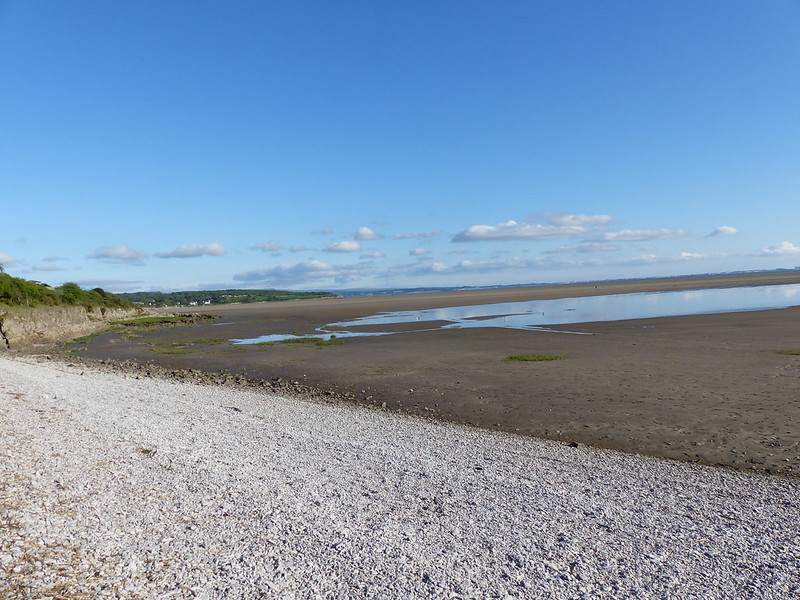
My phone died early in June, perhaps due to getting a bit damp during a couple of canoeing outings, perhaps due to being dropped once too often. The new (well second-hand) one I have acquired has a sort of spirit-level indicator on the screen so my drunken horizons may be a thing of the past. But probably not.
Anyway, in the middle of that slightly wet area on the sand were two pairs of…
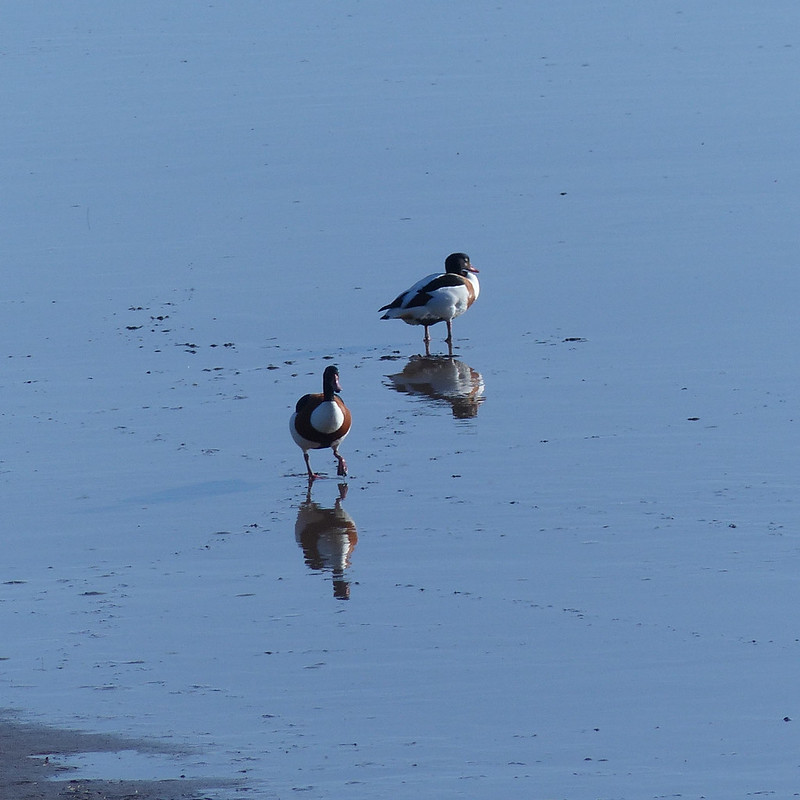
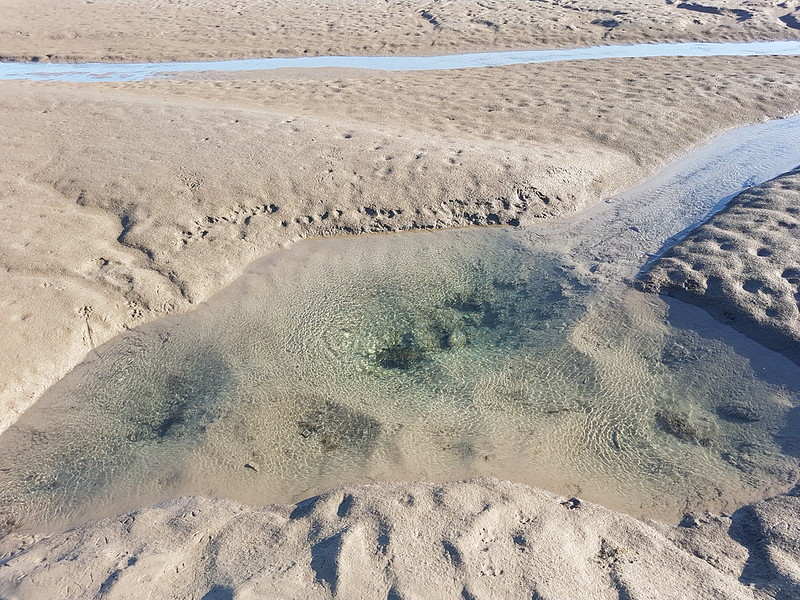
I love these large springs which occur in several places at the edge of the bay. On this occasion I could see something swimming near where the water was emerging, but my camera refused to focus on whatever it was.

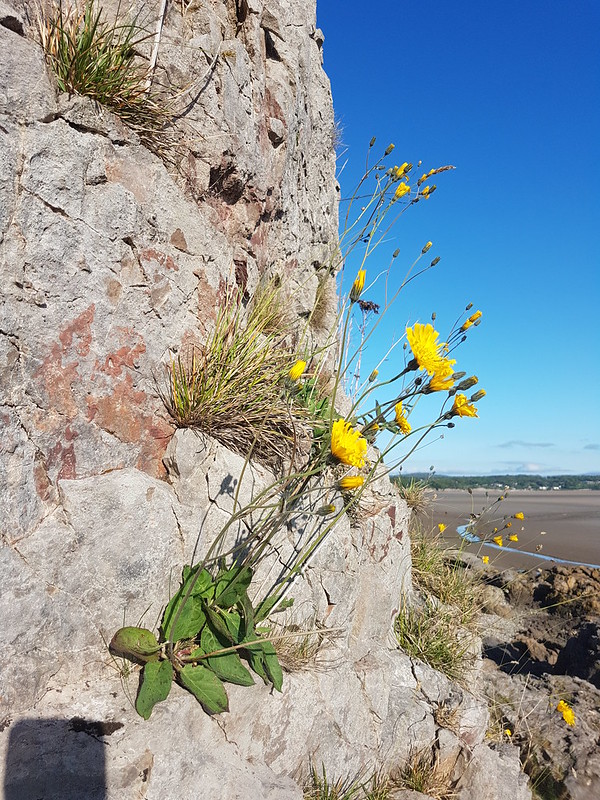
There were lots of these yellow flowers growing on the cliffs. They’re a hawkweed of some kind. There are lots of hawkweeds. These have elliptical leaves, which are hairy, spotted and red underneath. The stems are hairy too. You’d think they would be easy to identify. But they aren’t.

But in attempting to work out what they were, and so making a detailed examination, I discovered that the flowers, with closer inspection, were really stunning.

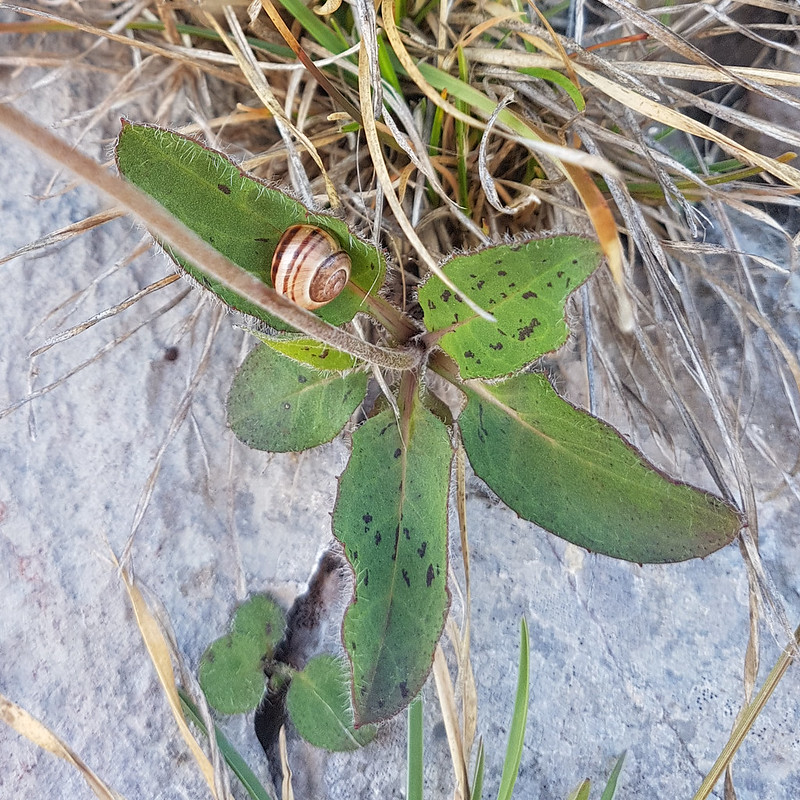
And that there were several Banded Snails on and around the plants.

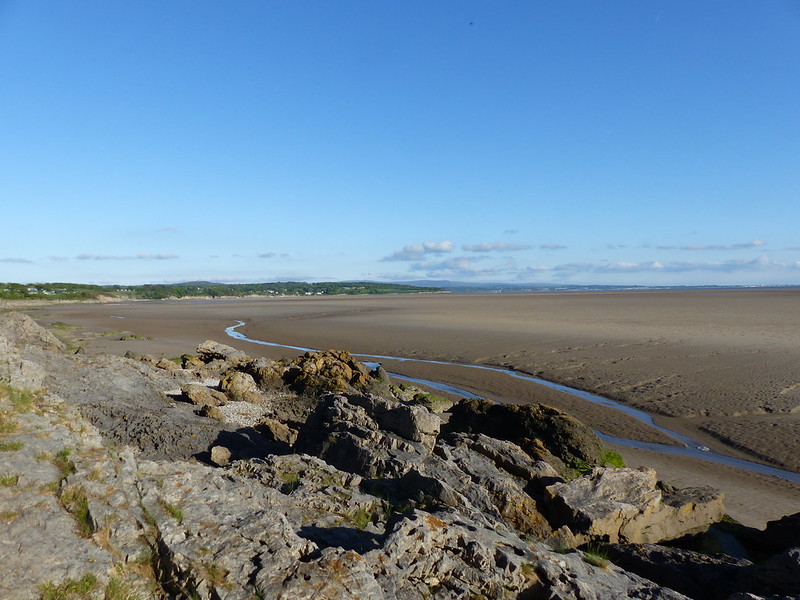


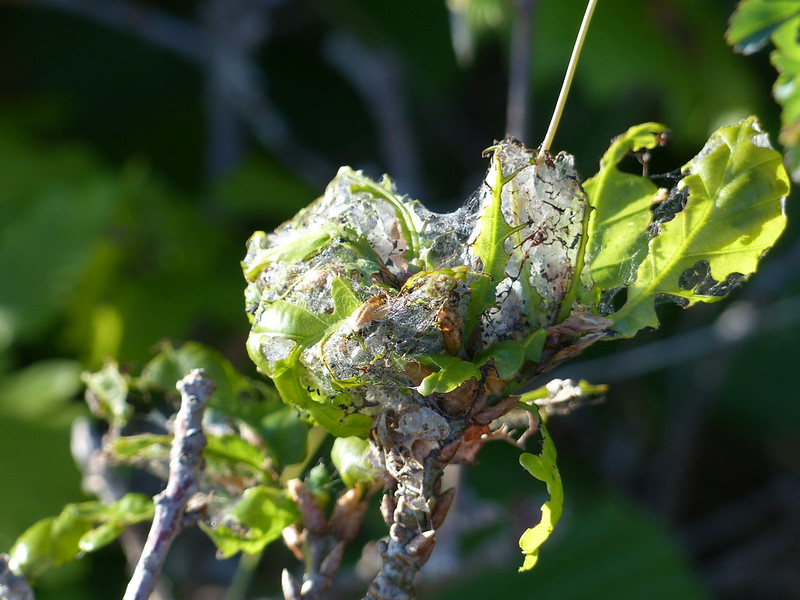
I’ve become fascinated by the various webs and woven nests that, when you start to look, seem to abound. I’ve not idea what made this one, but something in there has been eating the oak leaves which have been bound together.

This was a beautiful warm early summer evening in mid-May, a Friday night, a great way to start a weekend. The most memorable thing about the outing, was the profusion of these little creatures. Apparently, this species are common and widespread, but I don’t recall ever seeing them before.

The oaks which grow by the coastal path are stunted, presumably by the wind and perhaps the salt-laden air. But there are lots of them, and every one seemed to be playing host to at least a few of these. They would sit on the leaves, but if one of them took off it seemed to provoke a chain reaction and they would all suddenly be flitting about, playing musical chairs.
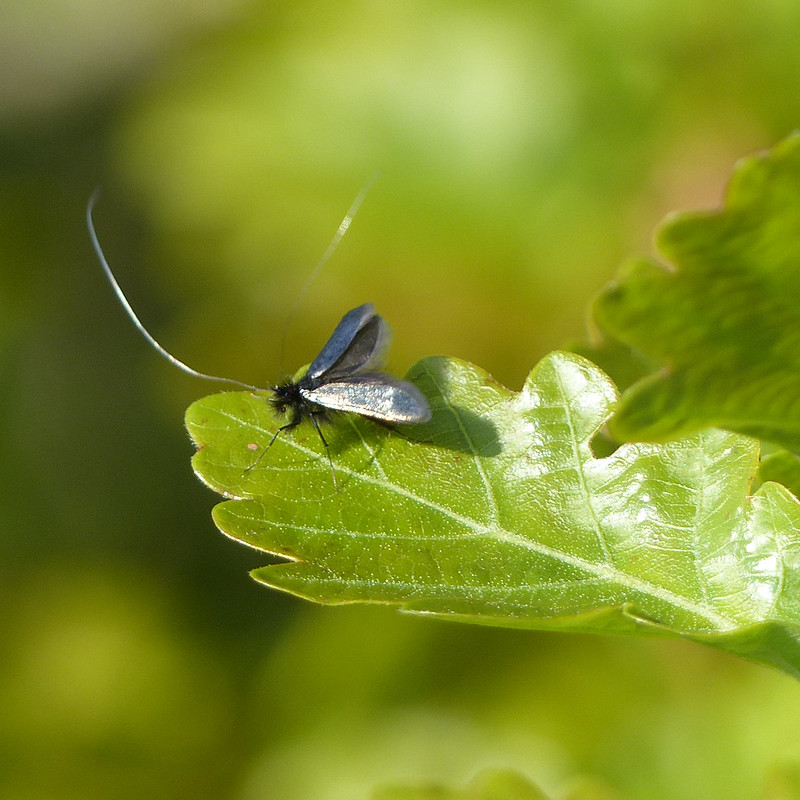
I didn’t see them on any of the other types of tree which grow along the cliffs, they seemed to be completely loyal to the oaks.
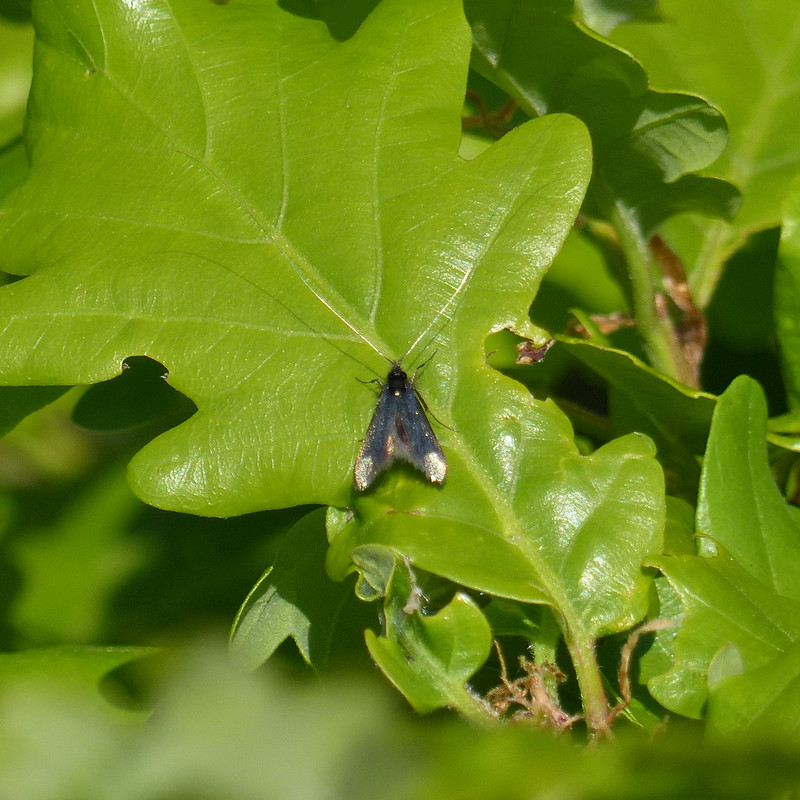
I took an awful lot of photographs. Although they are called ‘green’ I was amazed by their iridescence and by the way they seemed to show a wide variety of colours depending how they were catching the light.

Like the hawkweeds, they seemed to be liberally covered in hair. I think all of the photographs I took were of males. The females have shorter antennae.
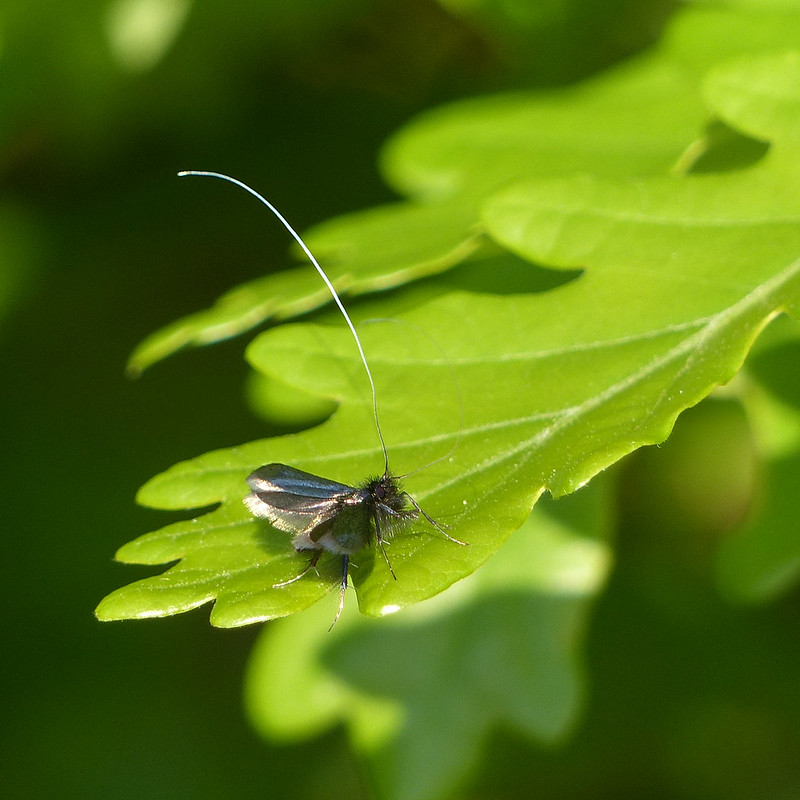
“The males are often seen in the spring sunshine forming swarms of up to 30 specimens. If a female flies through the swarm, it is caught by a male and the mating in flight takes place.”

Often, all I could see were those huge antennae, peeking out above the edge of a high leaf, which, for some reason, I found quite comical.

At first, I couldn’t find much online about these micro-moths. I did find something referring to the larvae living in leaf-litter in a ‘portable case’. Then I found this:
“The caterpillars live among fallen leaves from birch and oak and feed on leaves remains, often “Quercus” species, forming mines on them. They protect themselves for the summer and winter in an oblong, brown bag-like structure of small pieces of fallen leaves. In this bag also the pupation takes place the following spring.”
Which I found fascinating. I guess that these must be pretty tiny caterpillars; I wonder what chance I have of finding some, now that I know where to look?
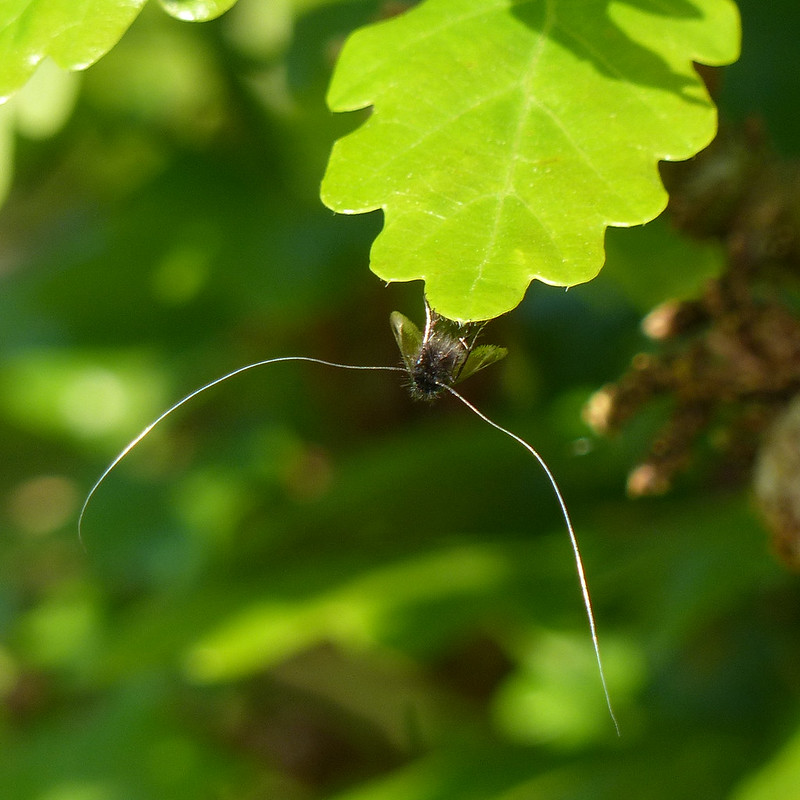

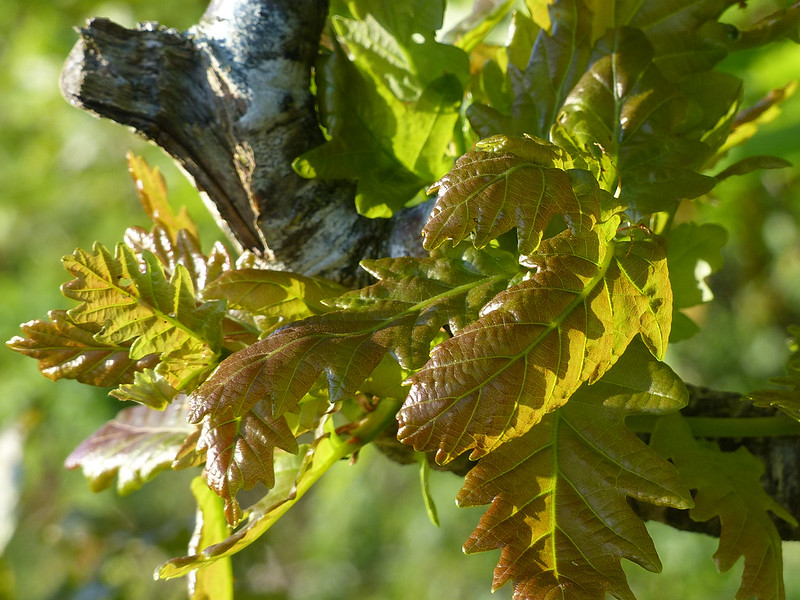
I was moving very slowly, or quite often just standing, waiting for a moth to settle in a suitable spot to be photographed. Of course, this is the best way to ‘tune in’ and spot wildlife. There were large ants crawling seemingly on just about every surface.

I watched this shieldbug wandering along this branch.


I think that this is an Andrena species of bee, a Mining Bee, but there are 68 UK species and I don’t know which of those this is.
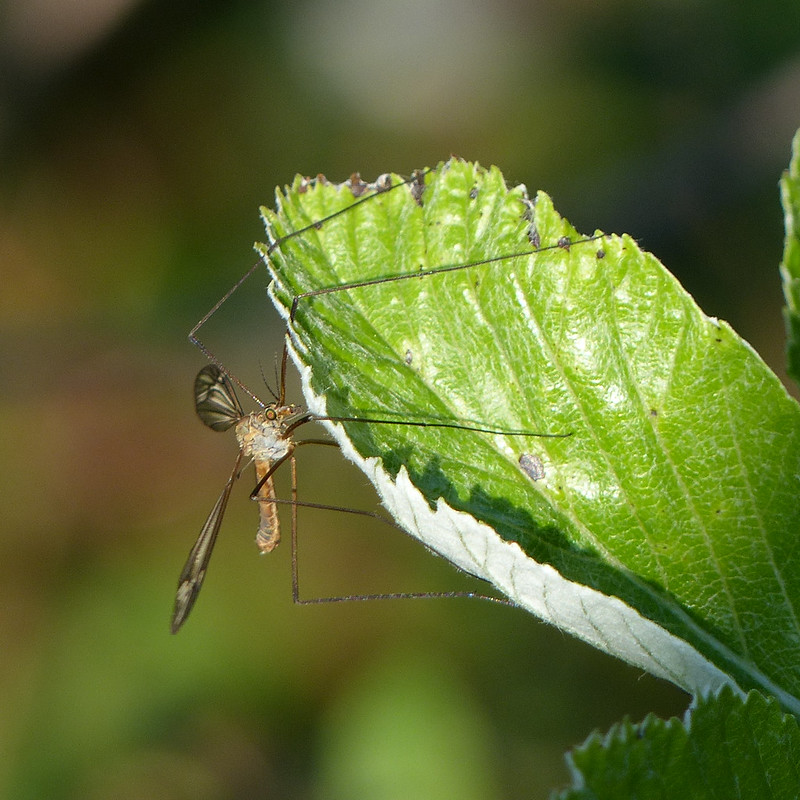

Holly flowers are another thing which I think it can be very easy to miss.
Eventually, I dragged myself away from the moths and dropped down to the sands.
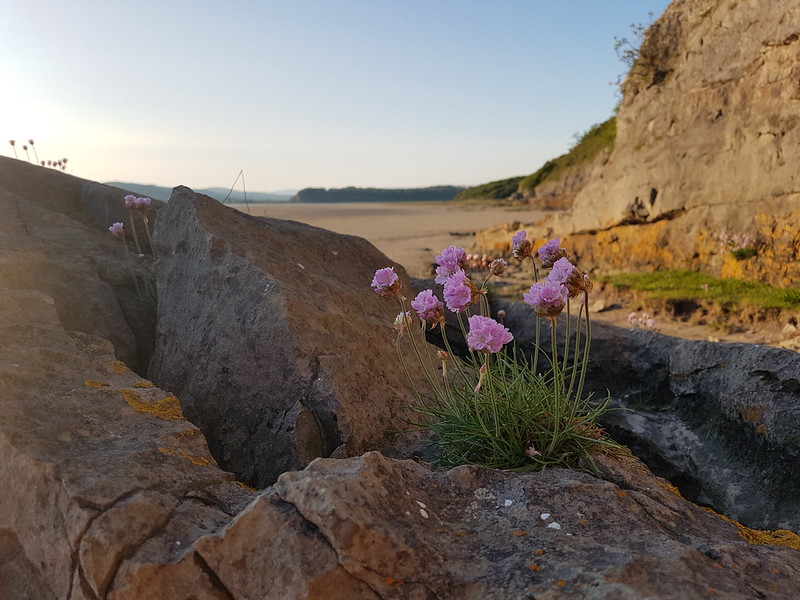

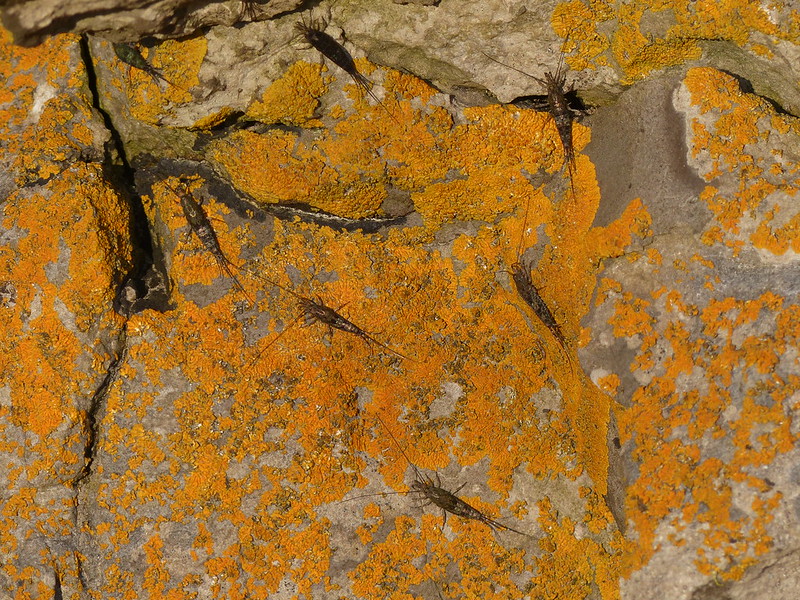
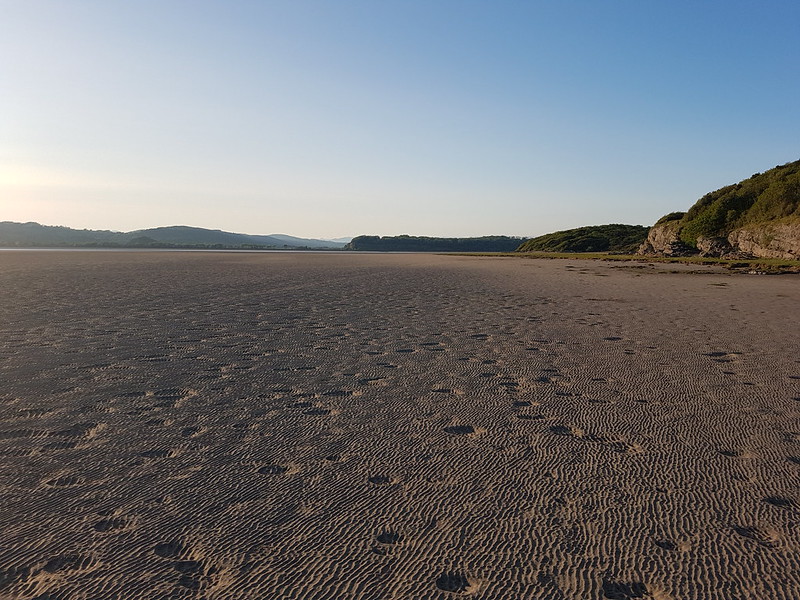
I was intrigued by the way the sand was pocked with tiny hollows.
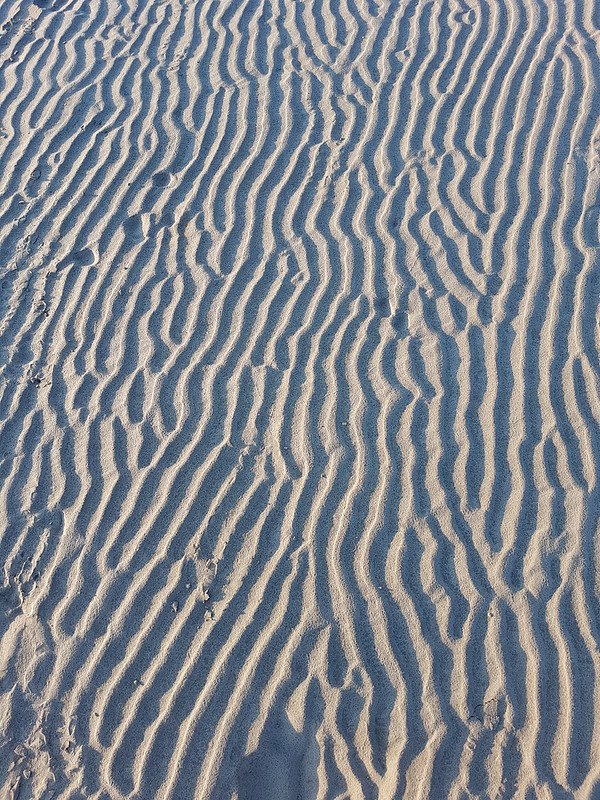

I wonder how they were formed?
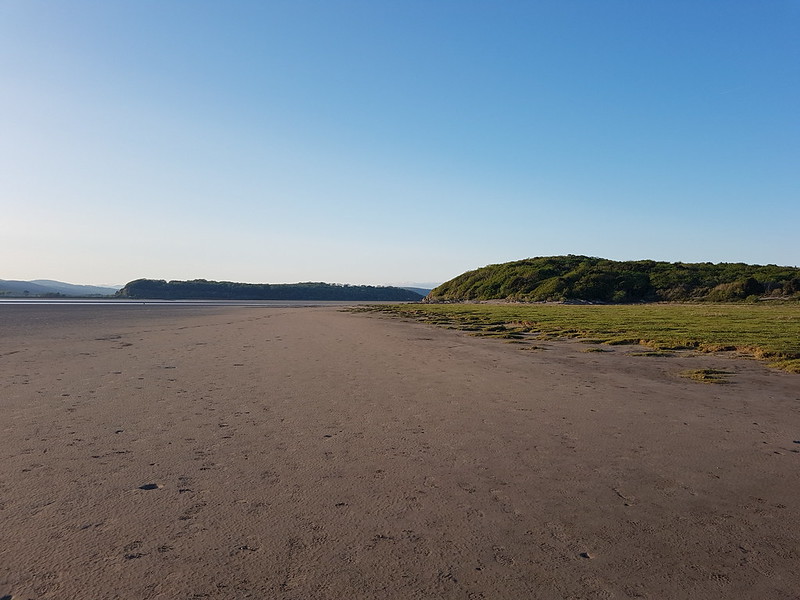


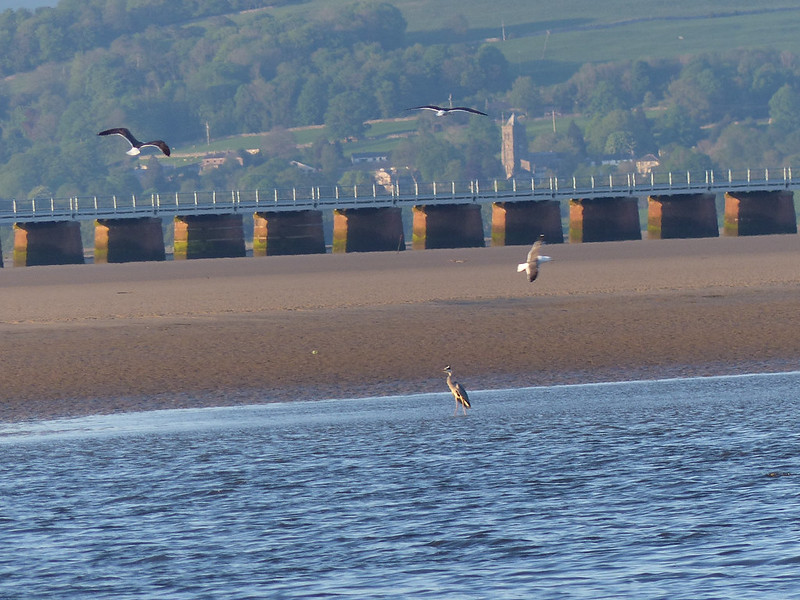
By dragging my feet along the coast, I’d left little time for my return (over the Knott of course). Instead of continuing around to Arnside, I took an alternative path from New Barns, cutting a corner.



A very memorable outing, and a good warm-up for a longer walk the following day.
